Papua New Guinea
1 of 33
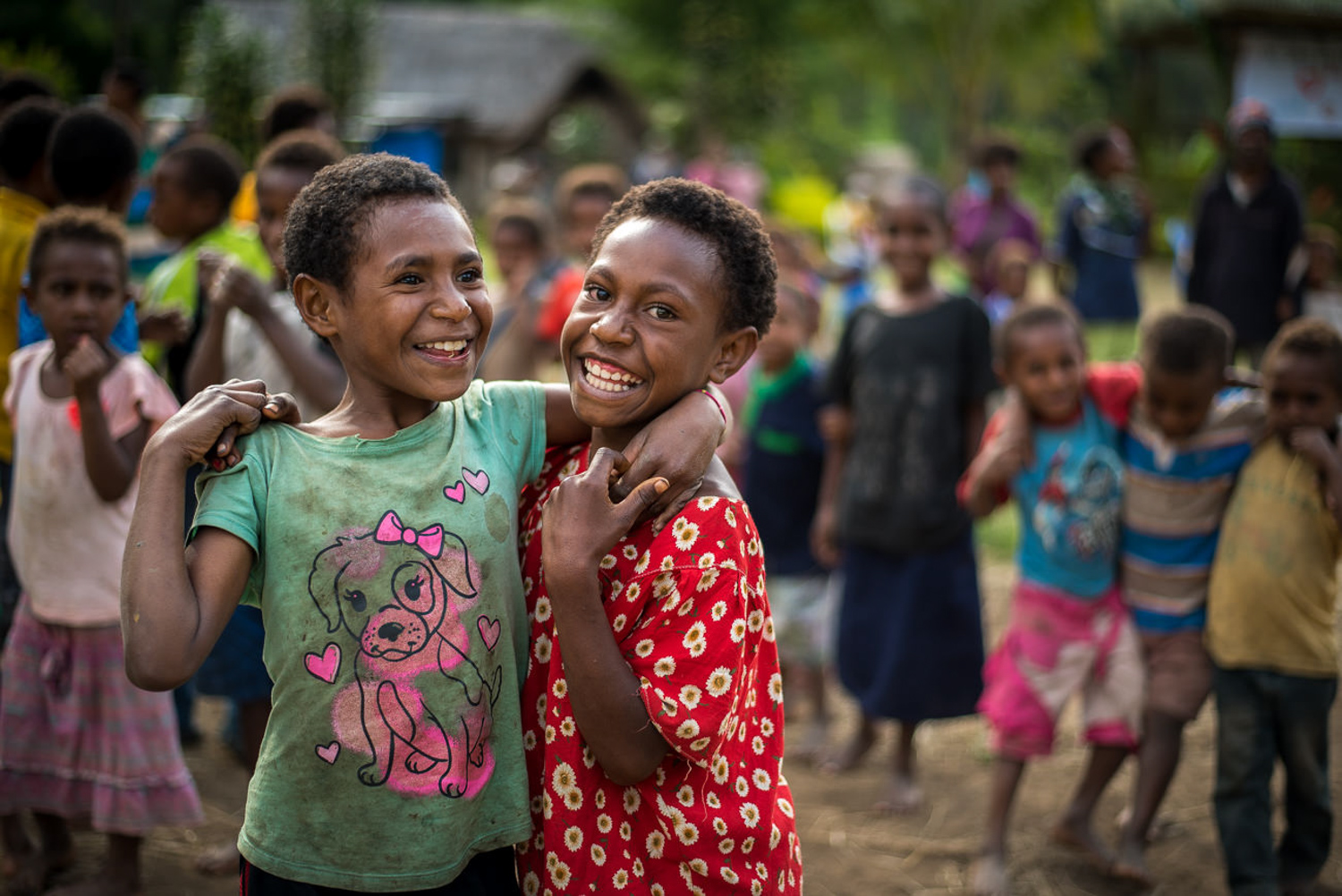
Saviza Community. Henganofi District, EHP. February 2017. Portrait of two young girls at a community meeting. An evaluation team of UNICEF PNG and Government of PNG carrying out evaluation exercises.
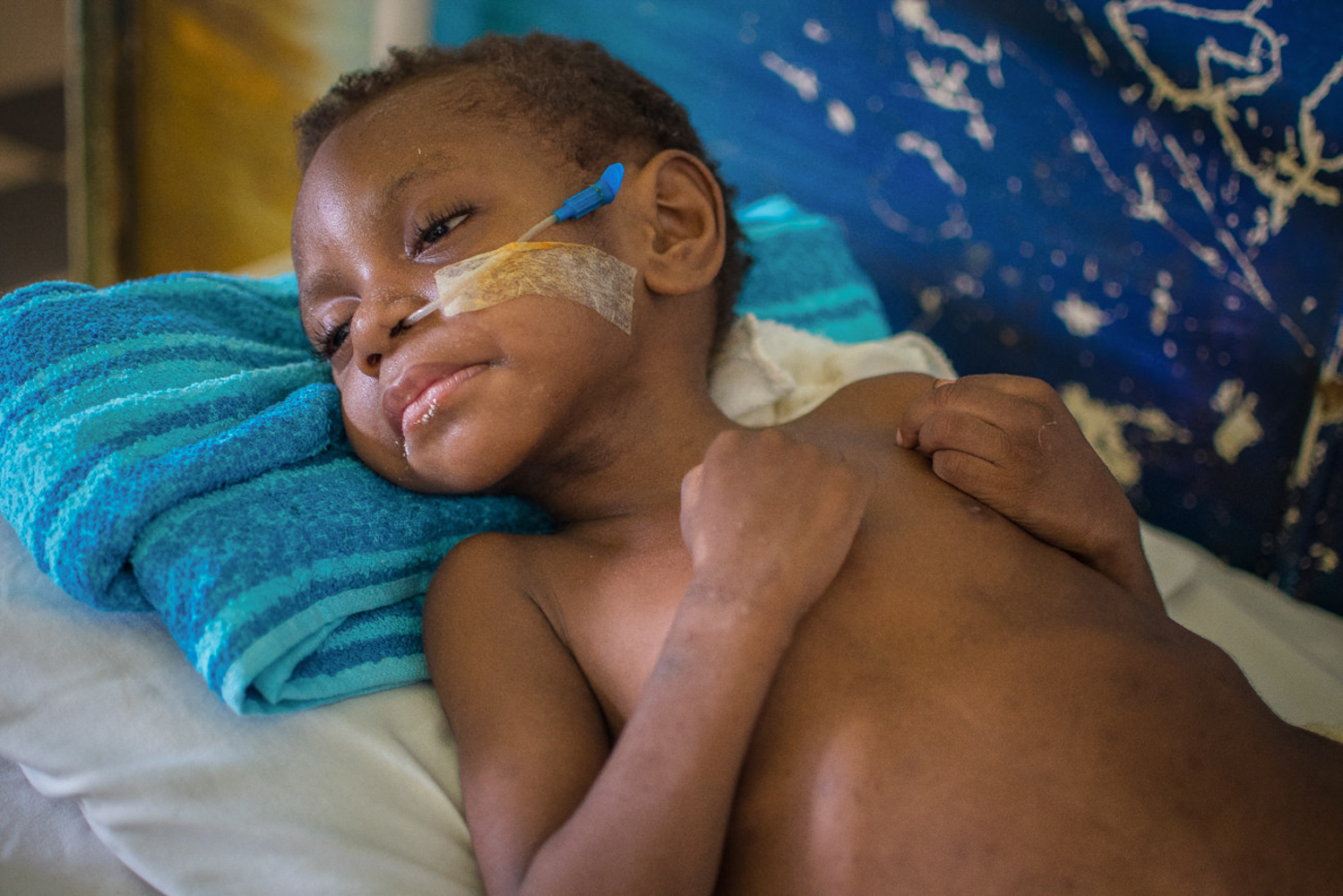
Port Moresby General Hospital. Children admitted to Port Moresby General Hospital’s Pediatric Ward where they are being treated for Severe Acute Malnutrition.
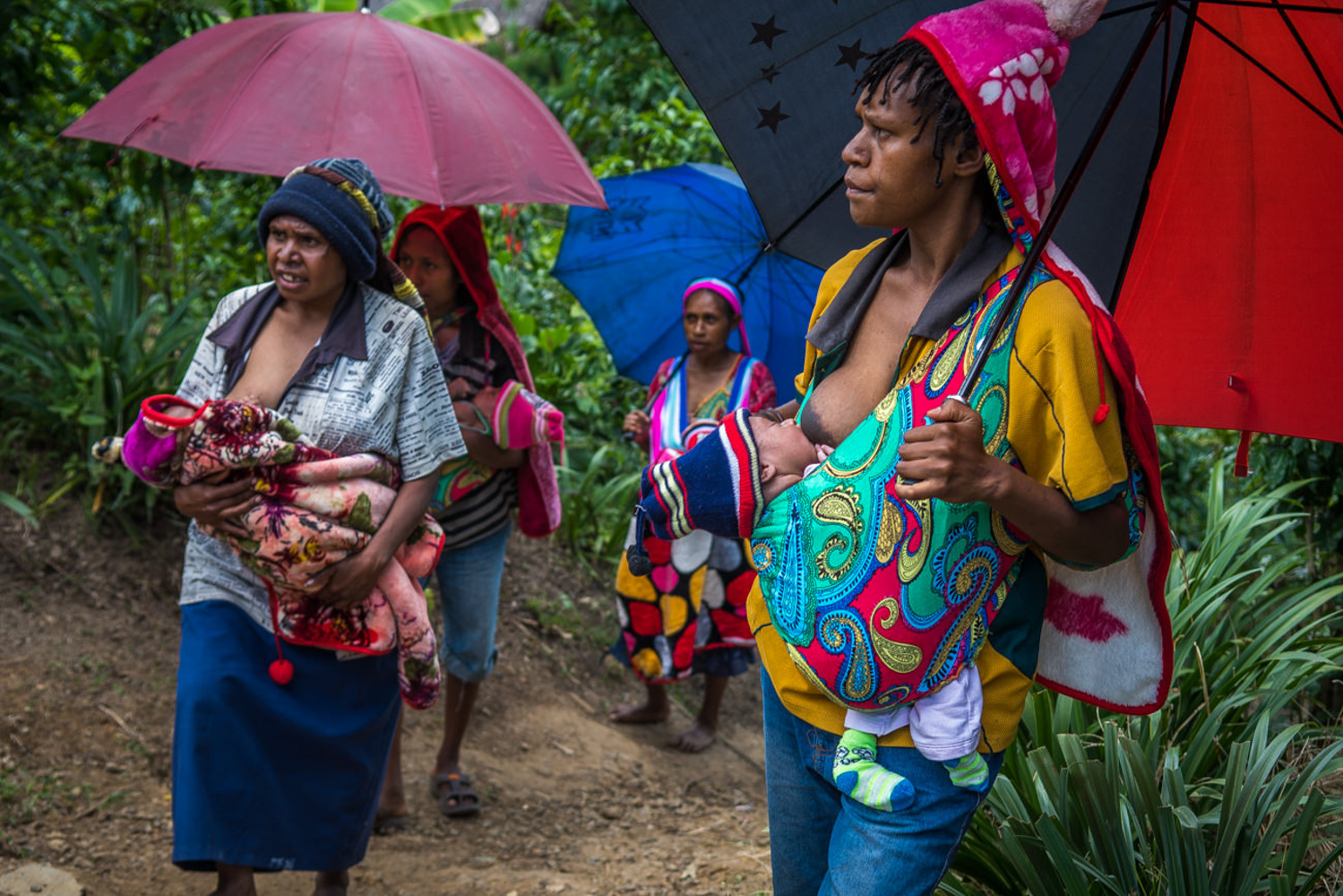
A group of women breastfeeding while walking in the community. Breastfeeding gives a baby all the nutrients it needs for the first six months of life, and continues to benefit a baby along with solid foods for many months.
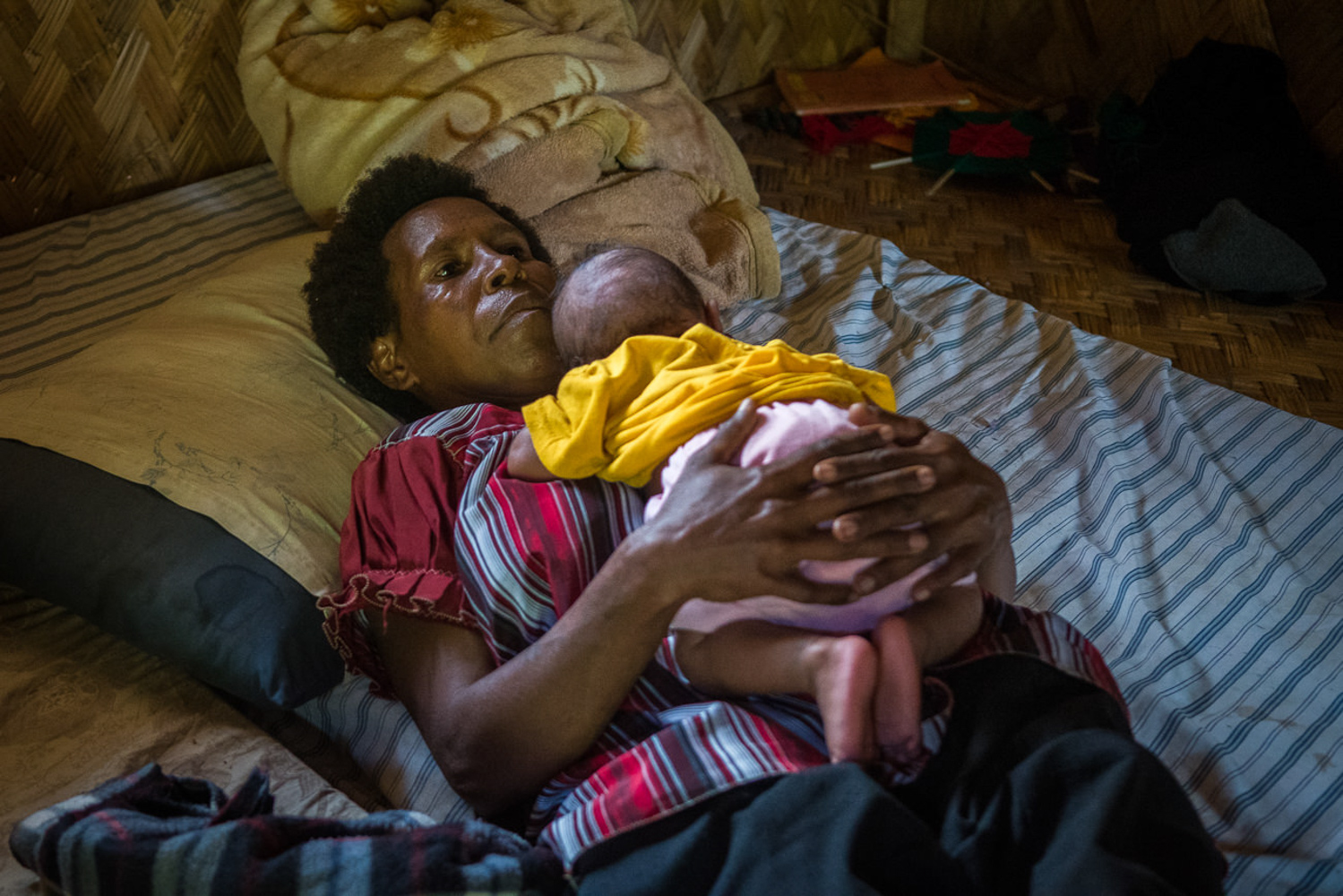
Saviza Community. Henganofi District. A mother holding her baby while in bed.
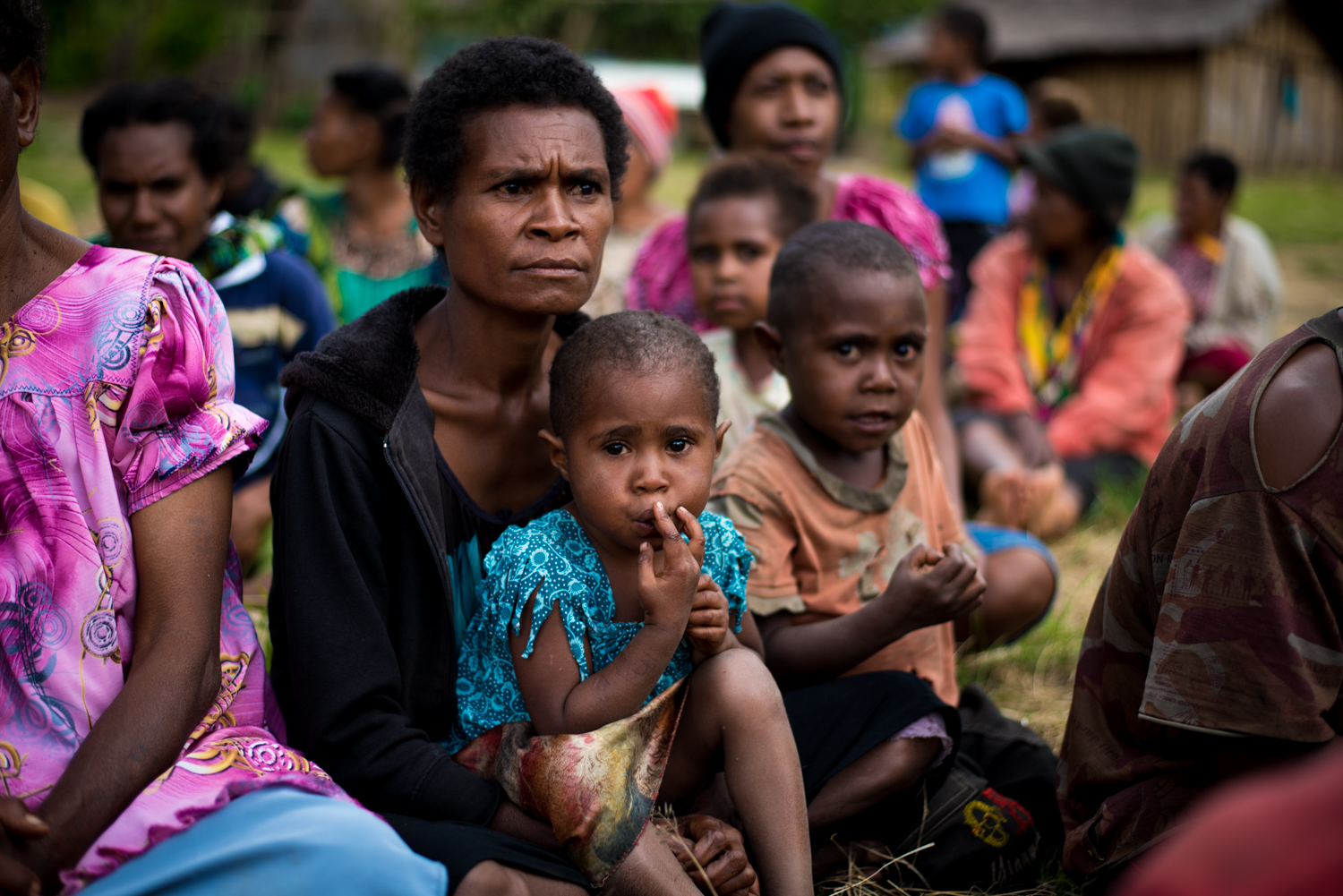
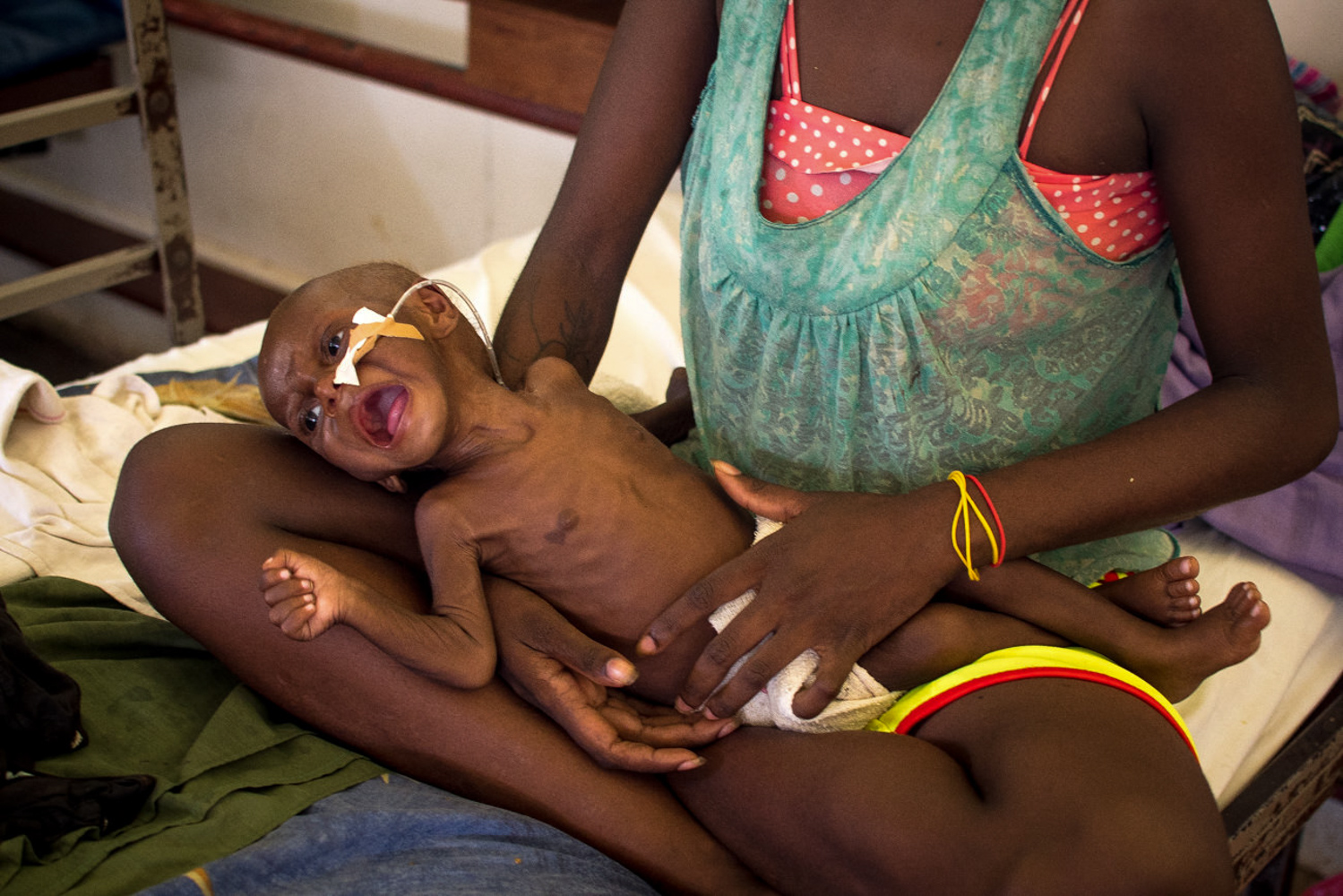
The rate of malnutrition is unacceptably high in PNG and remains a significant underlying factor for illness and deaths particularly for children under five years old.
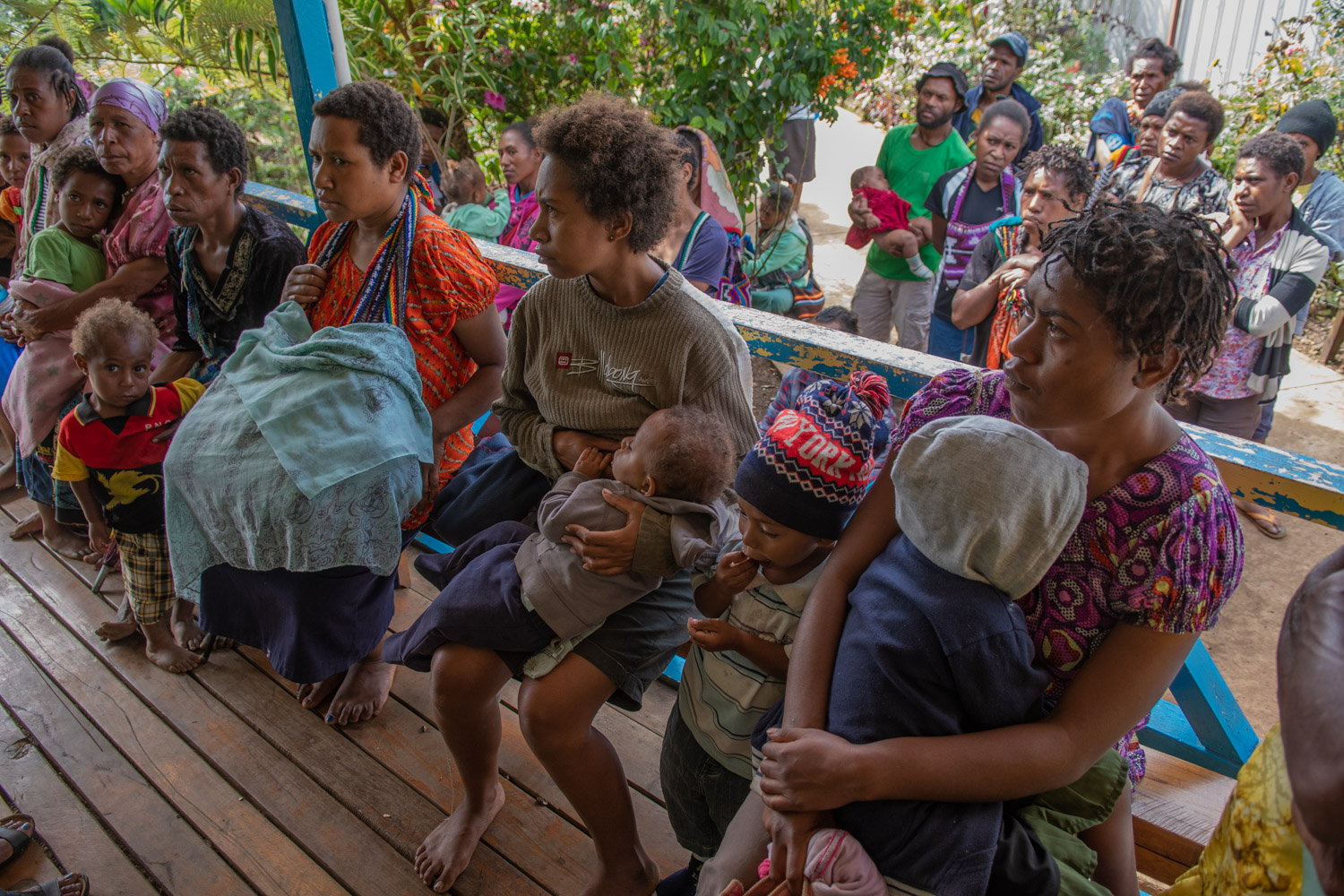
Susu Mama’s clinic in Goroka. Group of mother and children waiting to be attended. Children has been receiving immunization and medical attention.
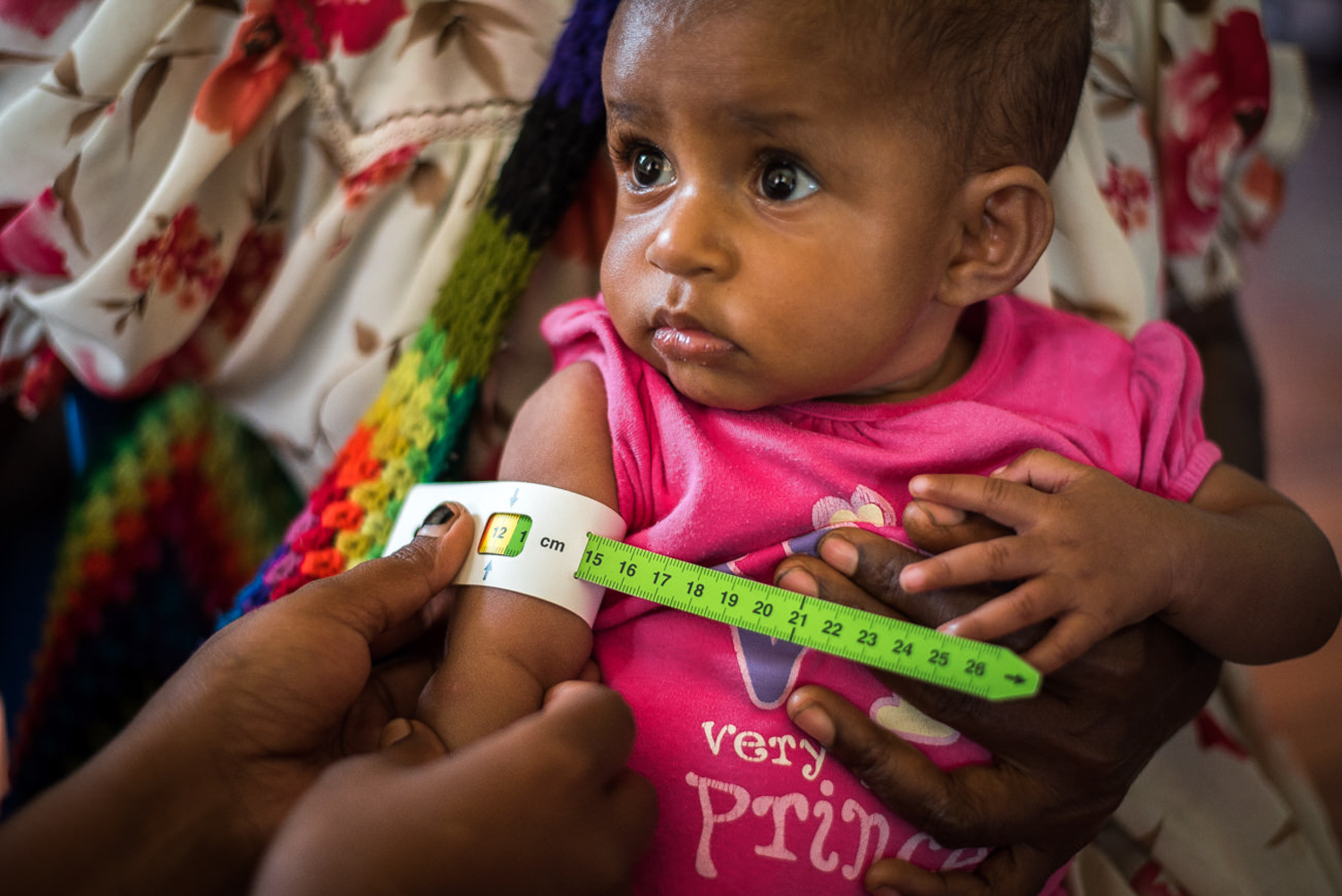
Susu Mama’s clinic in Goroka. A girl’s arm is being measured to check if she is malnourished.
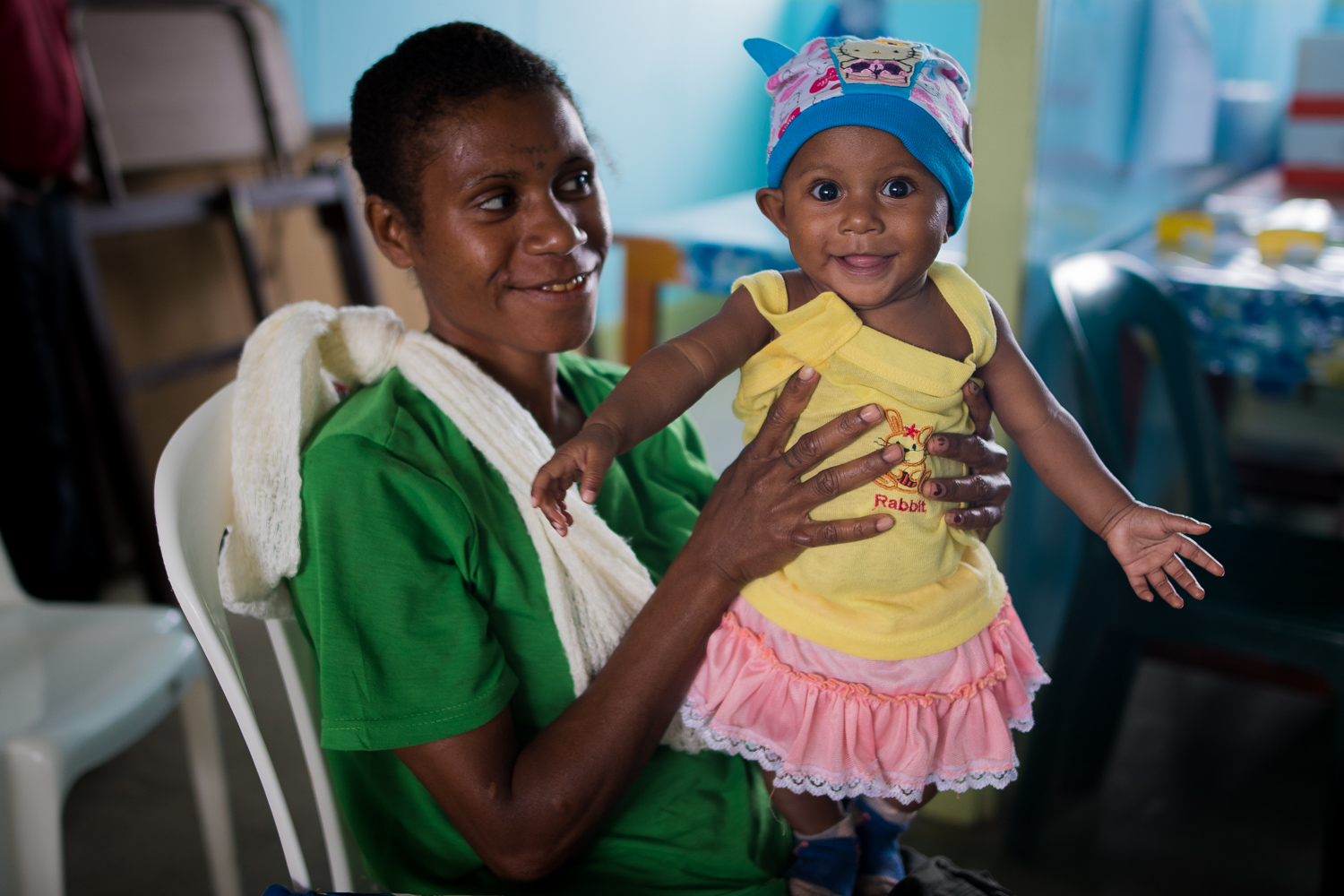
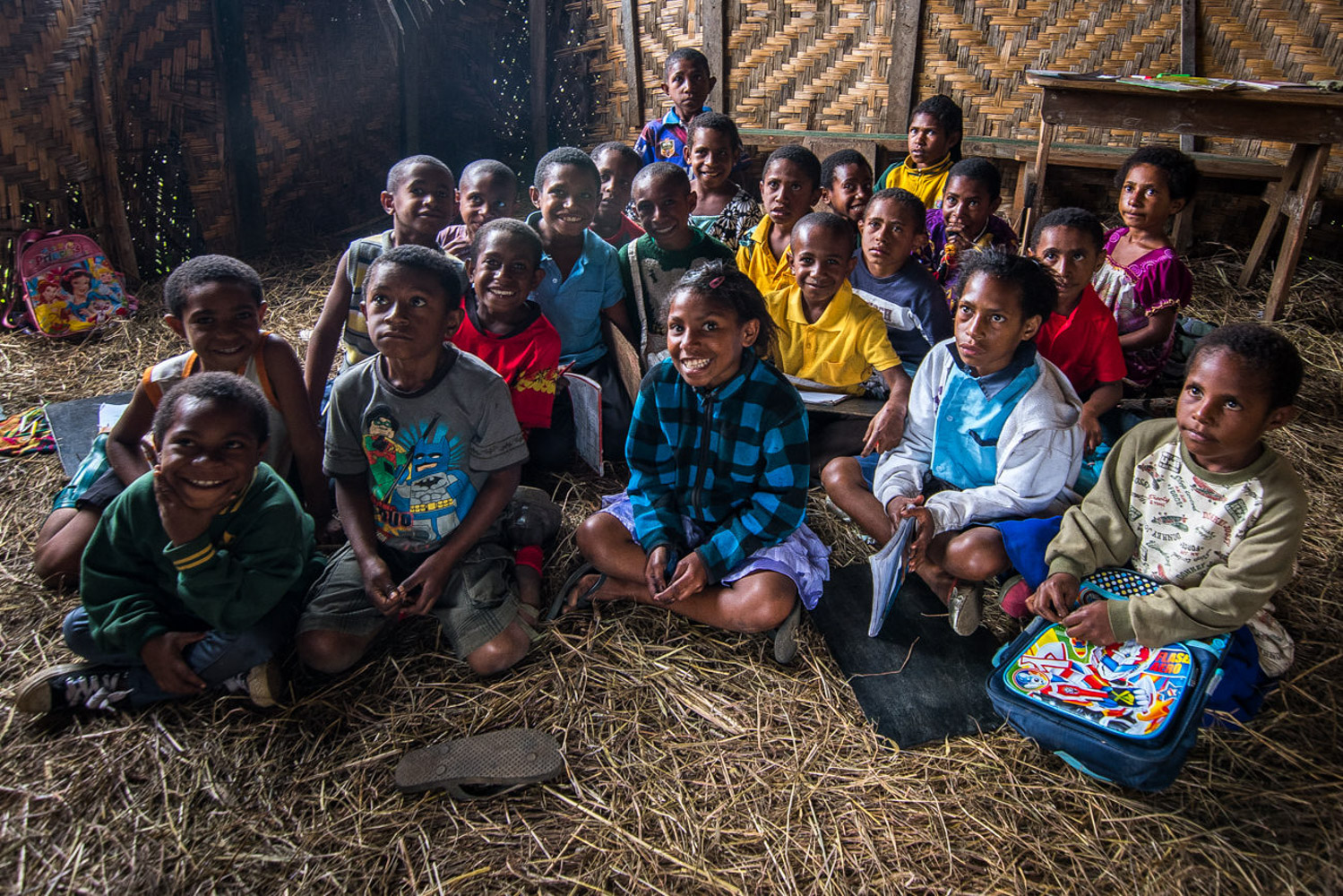
Orphanage in Kumdi Village. February 2017. Children are attending a pre-school class run by the orphanage.
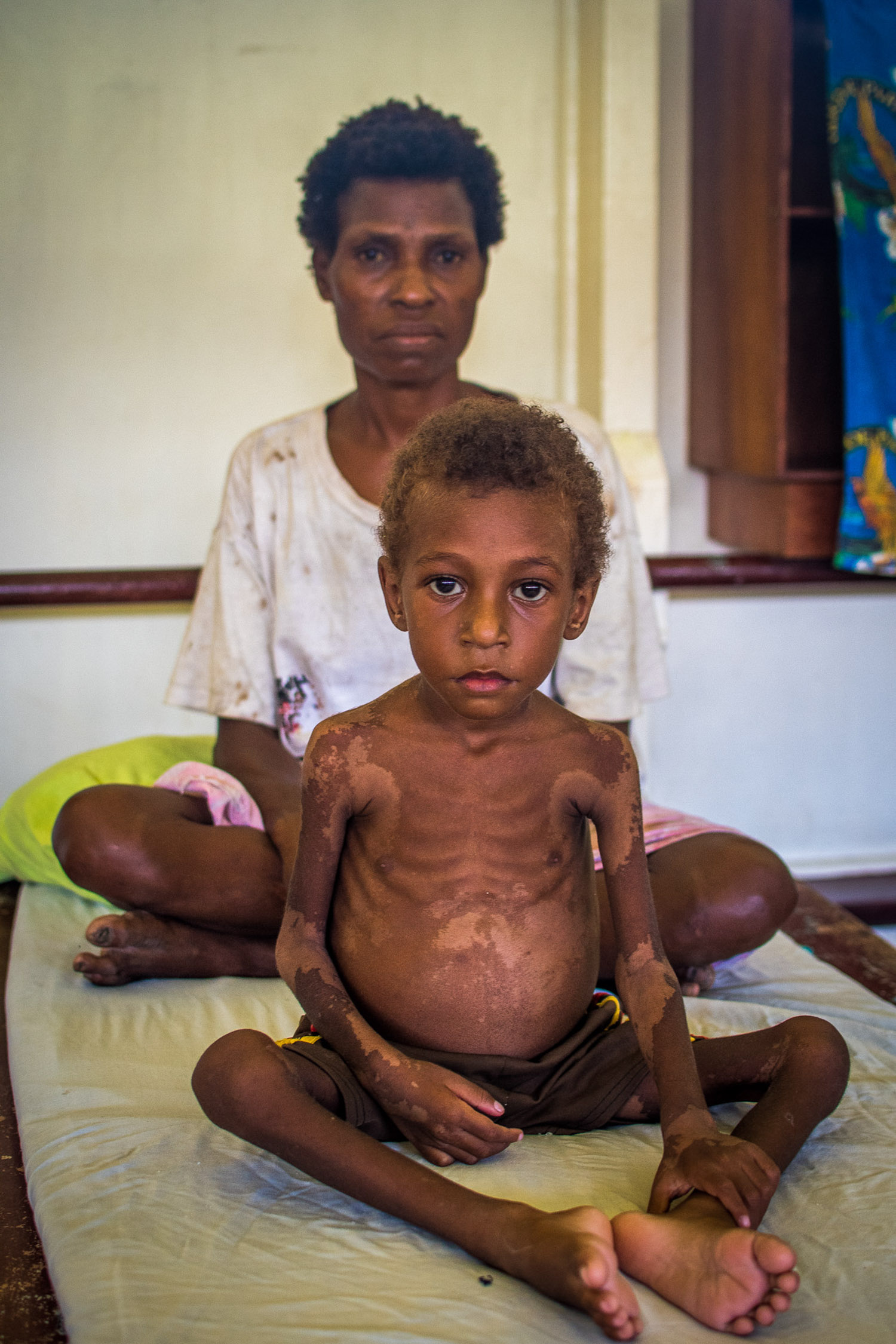
UNICEF supports the Government to provide improved nutrition and care practices particularly in disadvantaged and marginalized communities, making available therapeutic foods and nutrition supplies.
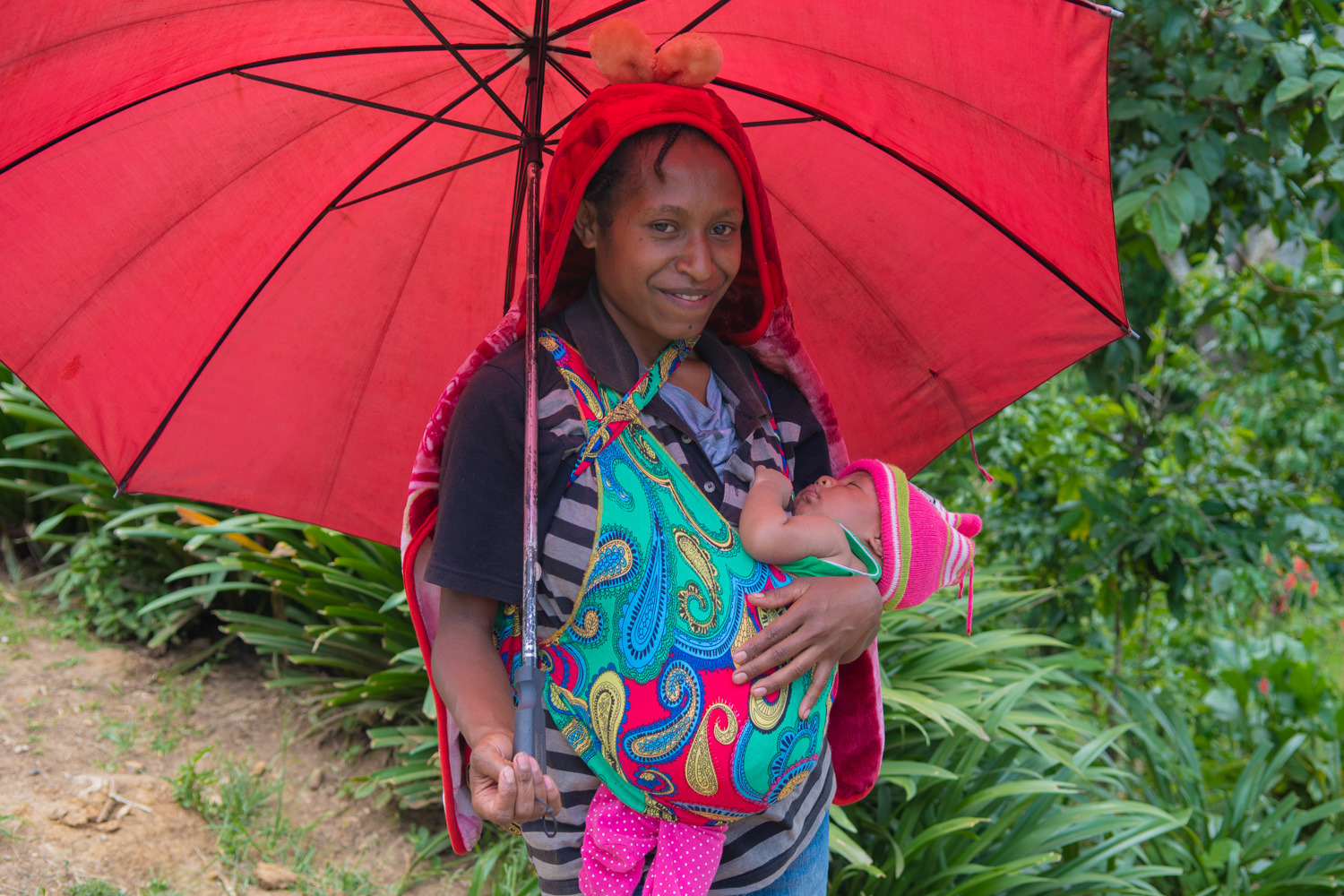
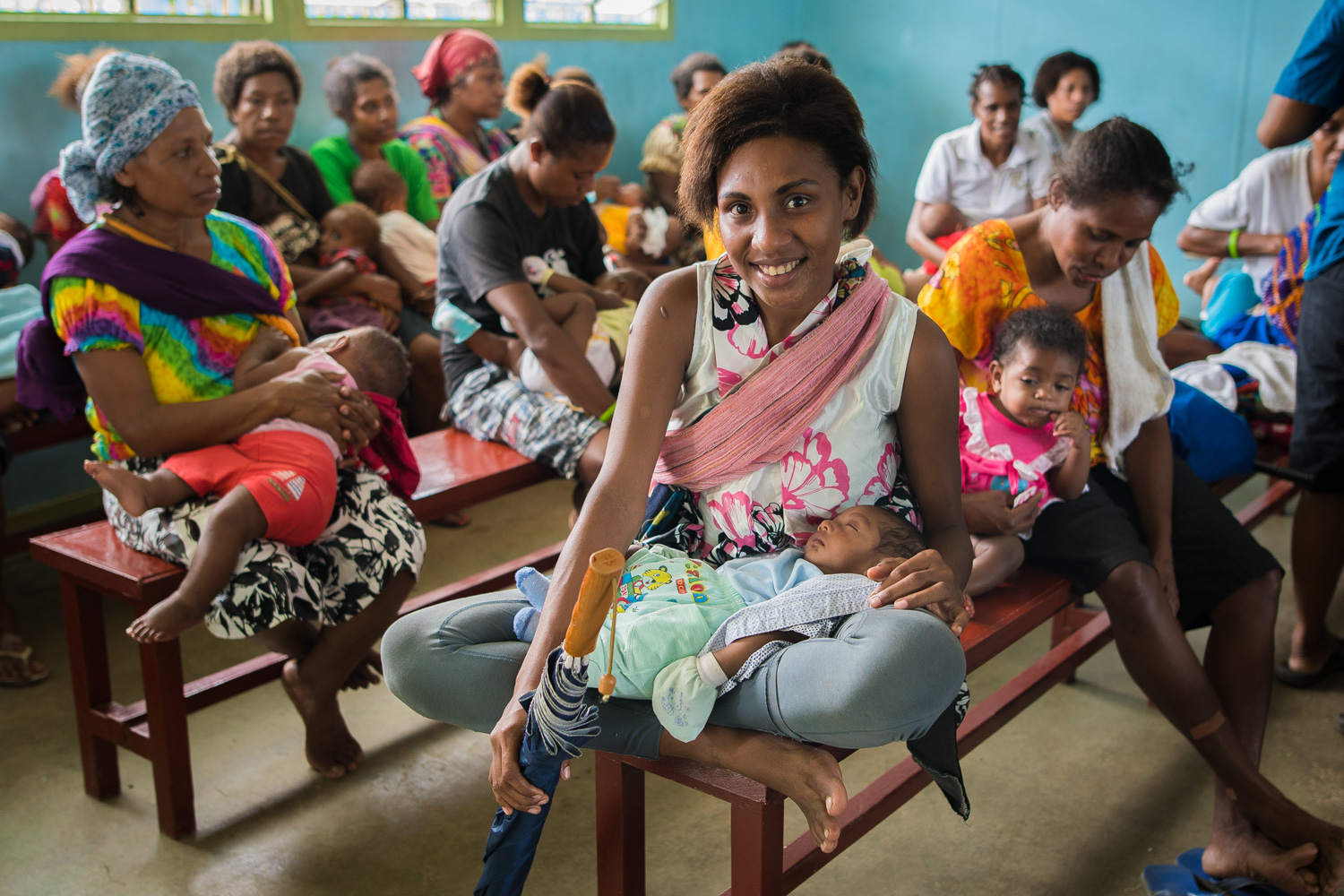
Jomba Urban Clinic in Madang. A group of women are waiting to be attended at the Jomba to immunize their children. The life-time risk of maternal death is eight times higher in PNG than in East Asia and Pacific region average.
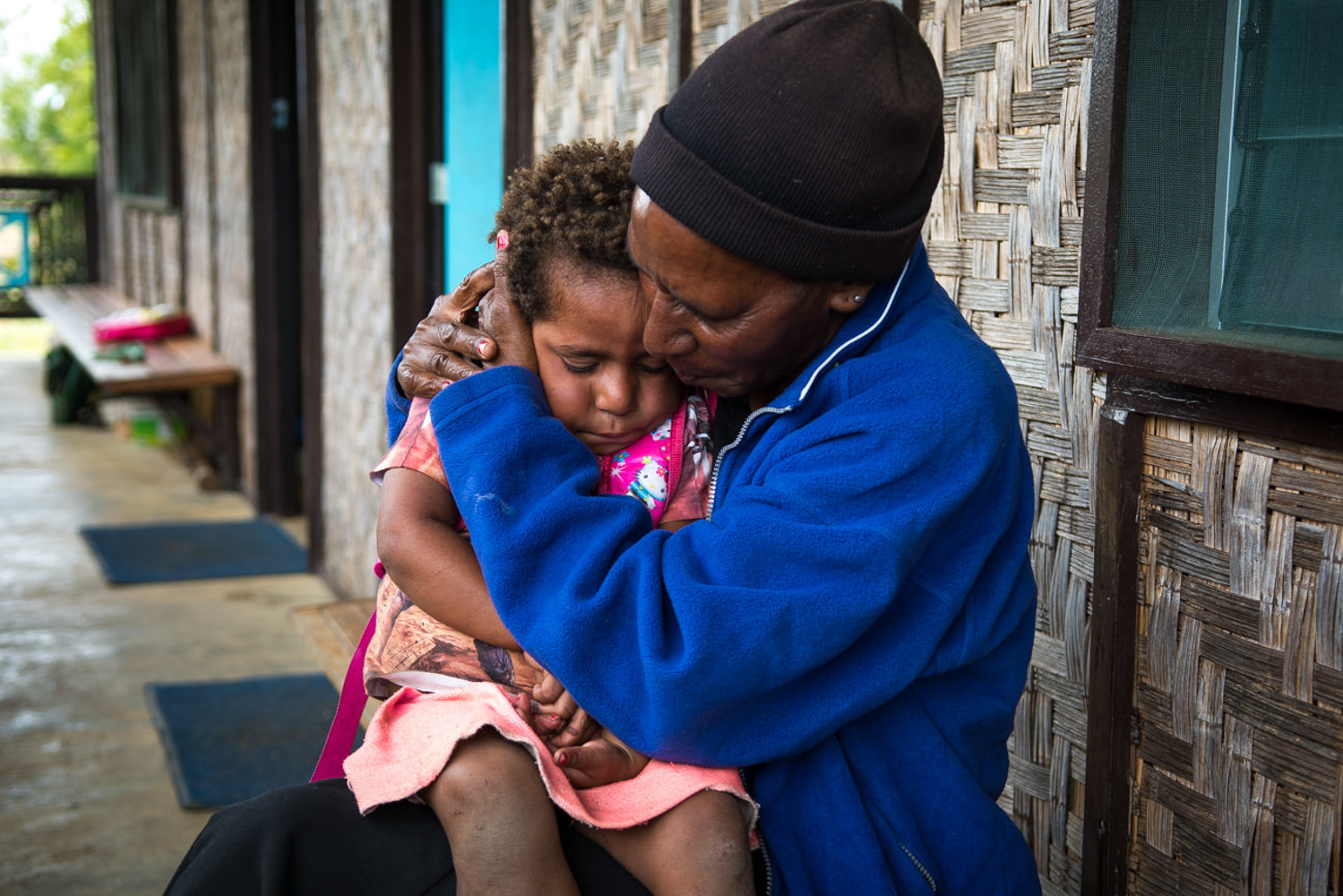
Orphanage in Kumdi Village. Caretaker holding one of the orphanages in her arms.
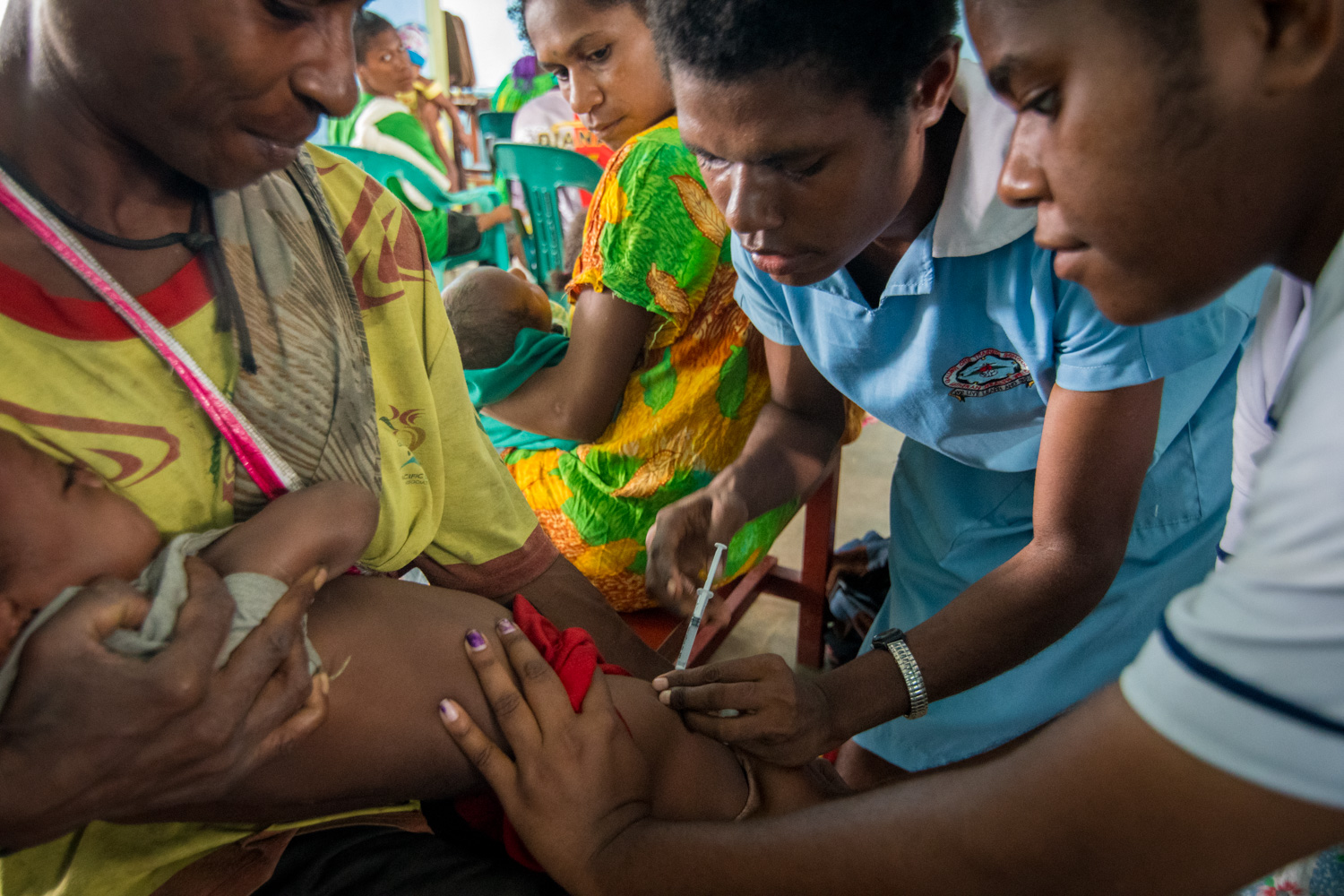
Almost half of these children are stunted (short for age). The prevalence of stunting and underweight are particularly high in the first two years of life and much higher in rural than urban areas.
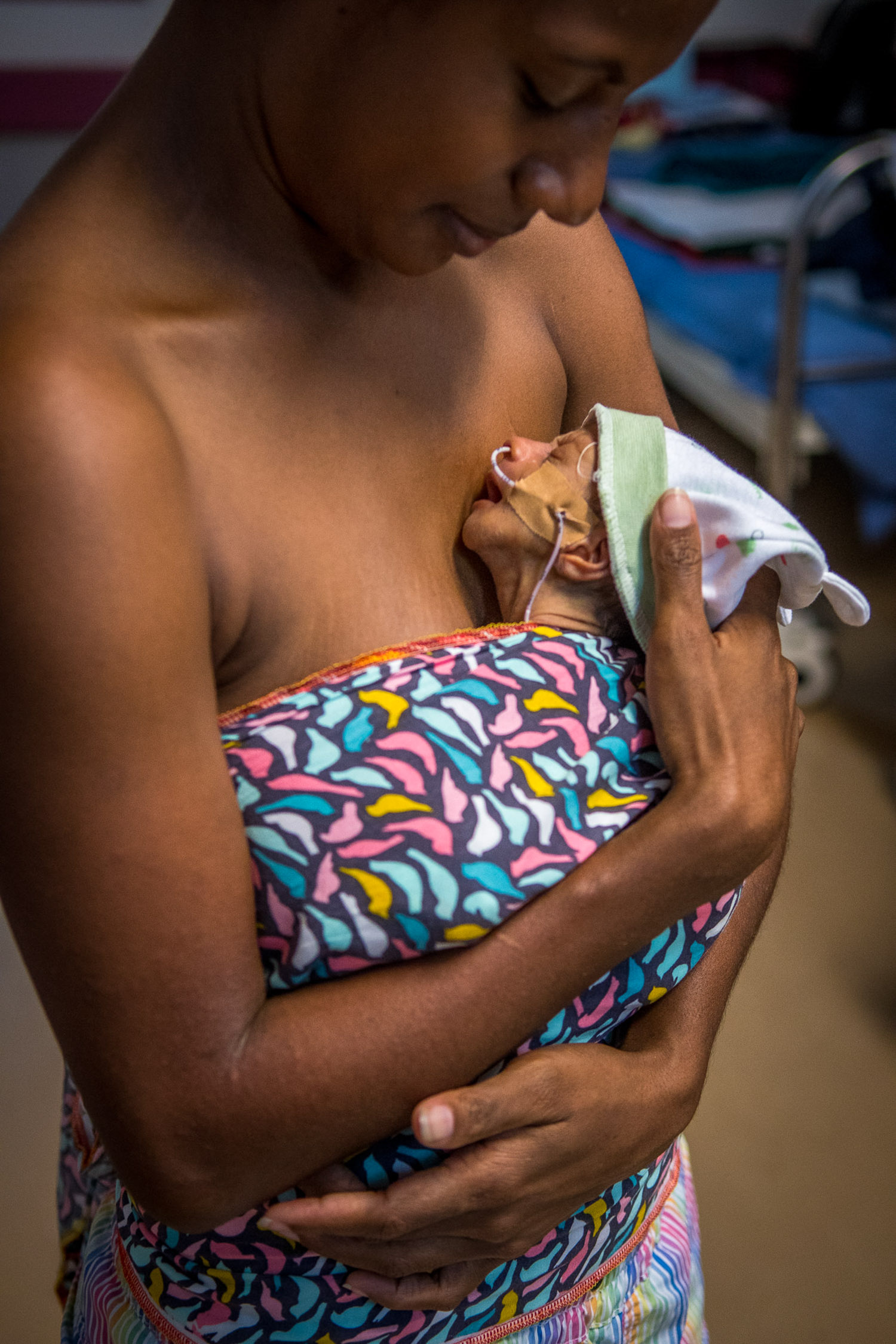
Port Moresby General Hospital. Mother performing skin to skin and kangaroo mother care for their new born babies. Neonatal mortality contributes significantly to deaths in children under five years.
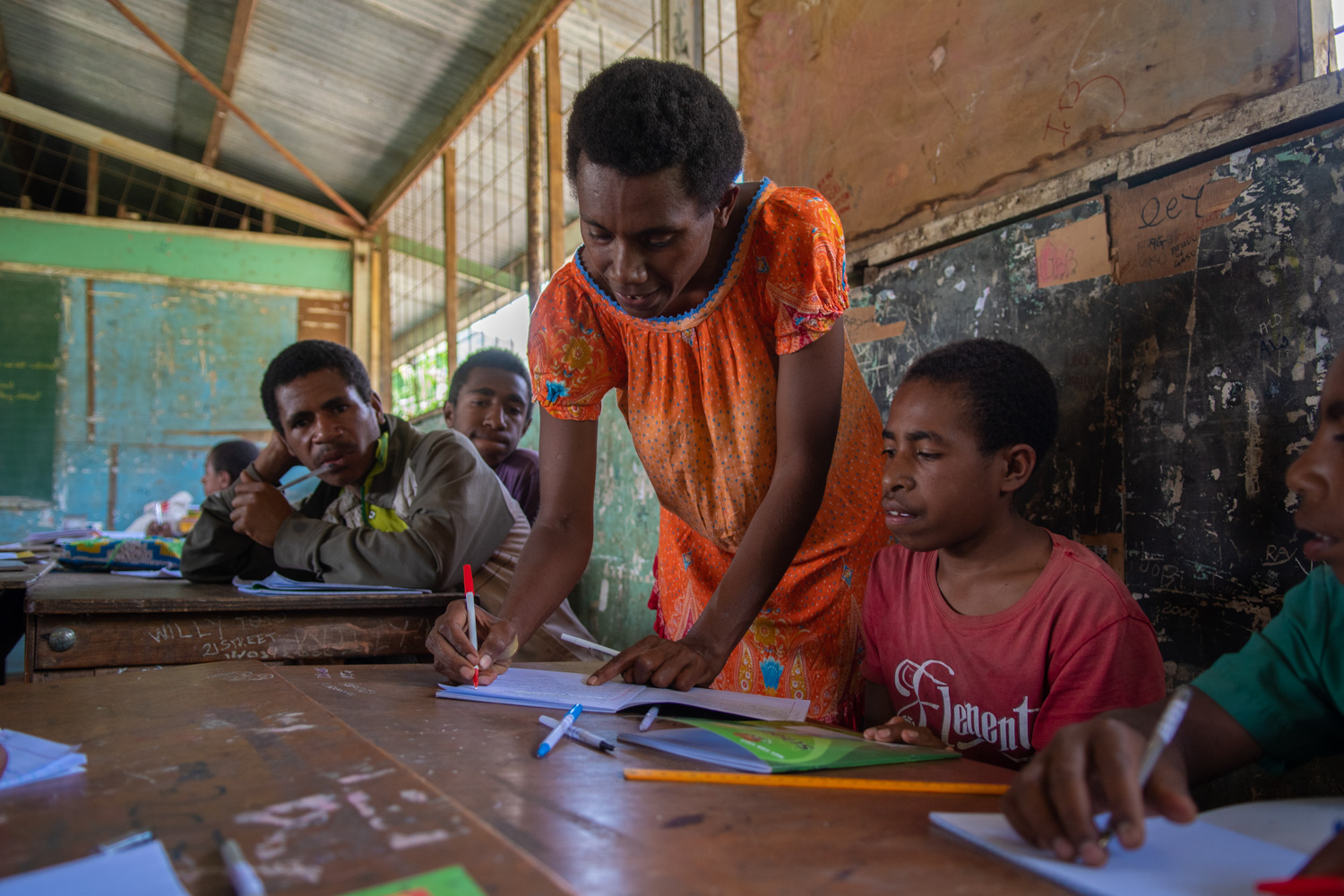
WASH School – Goroka
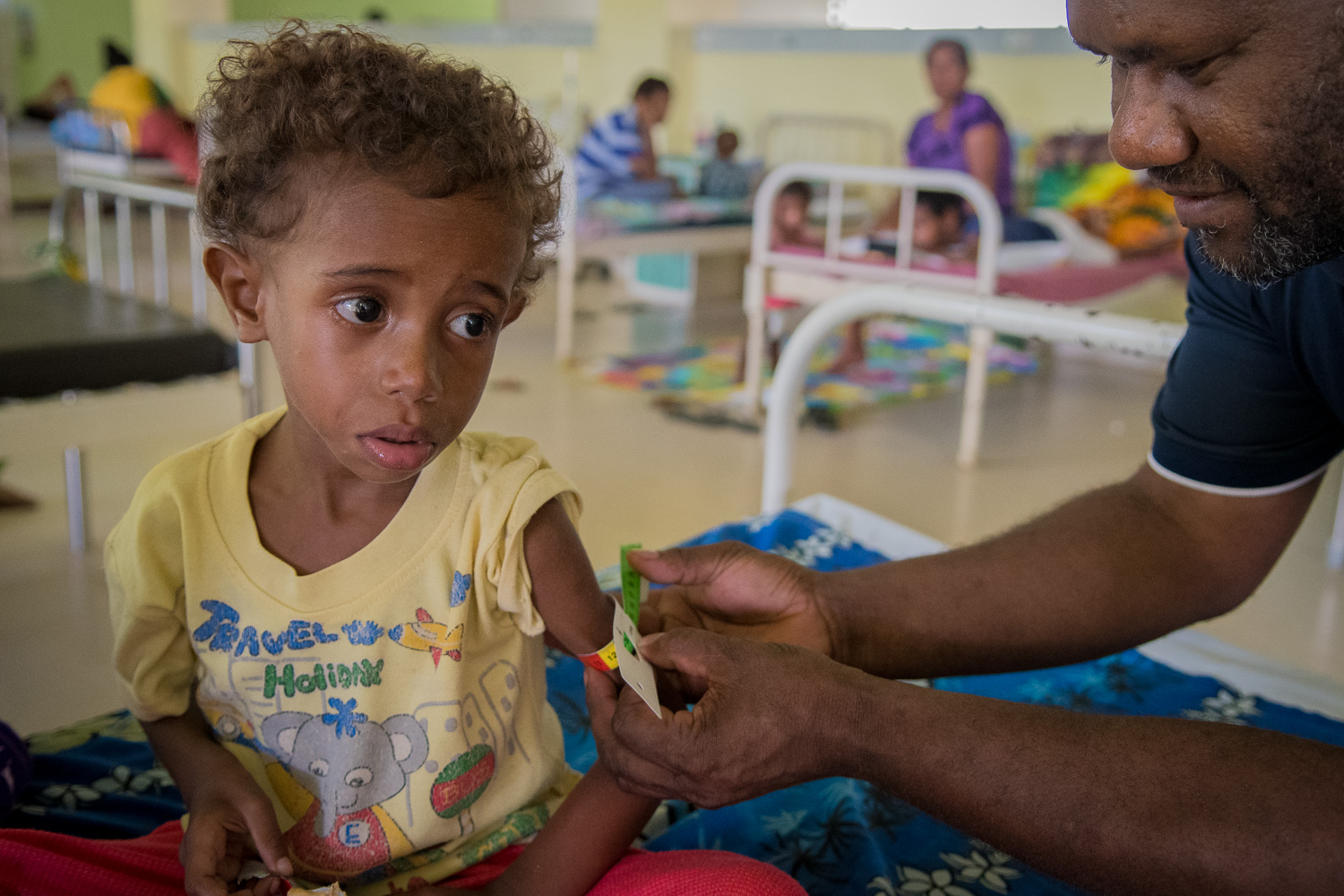
Port Moresby General Hospital’s Pediatric Ward where children are being treated for Severe Acute Malnutrition.
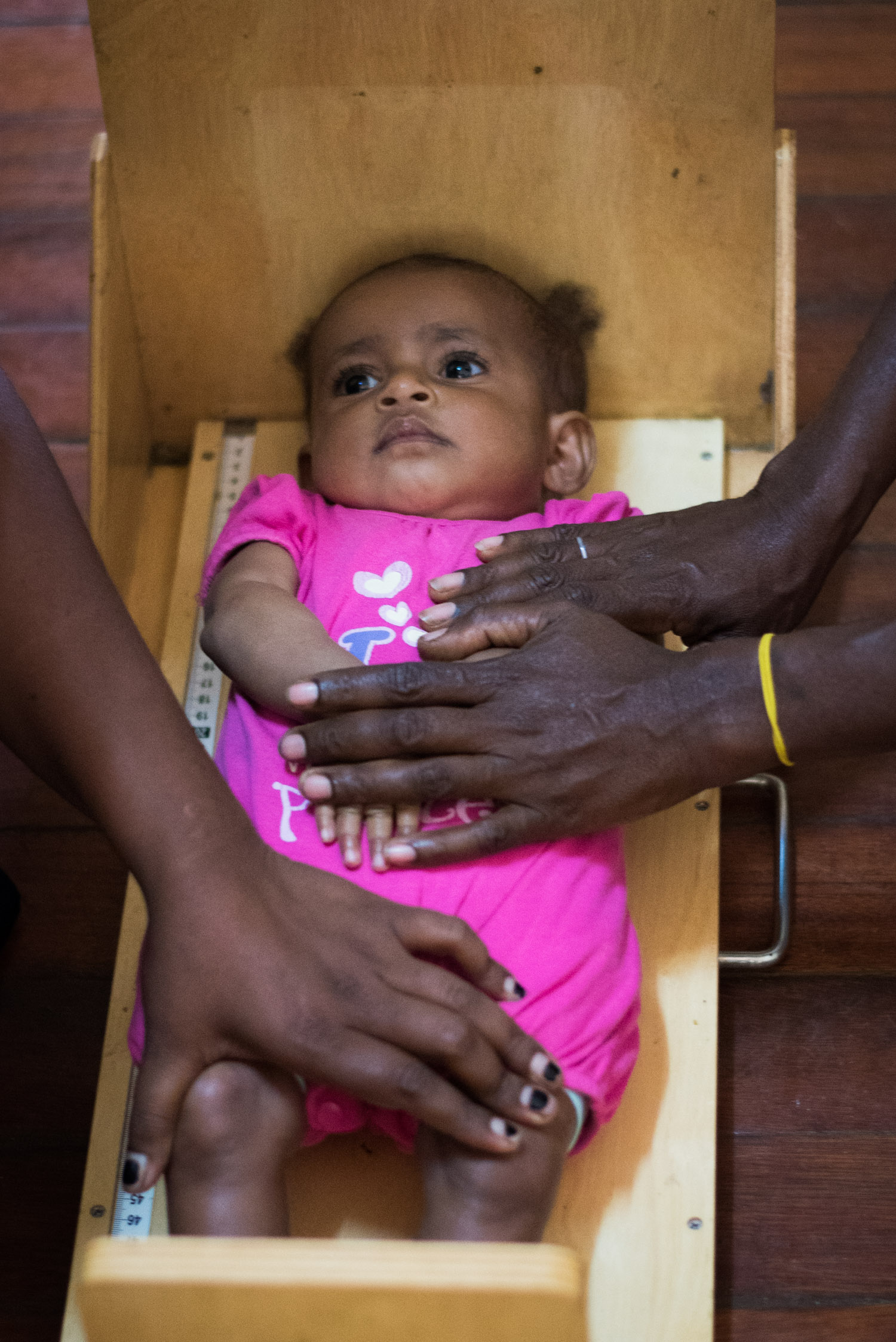
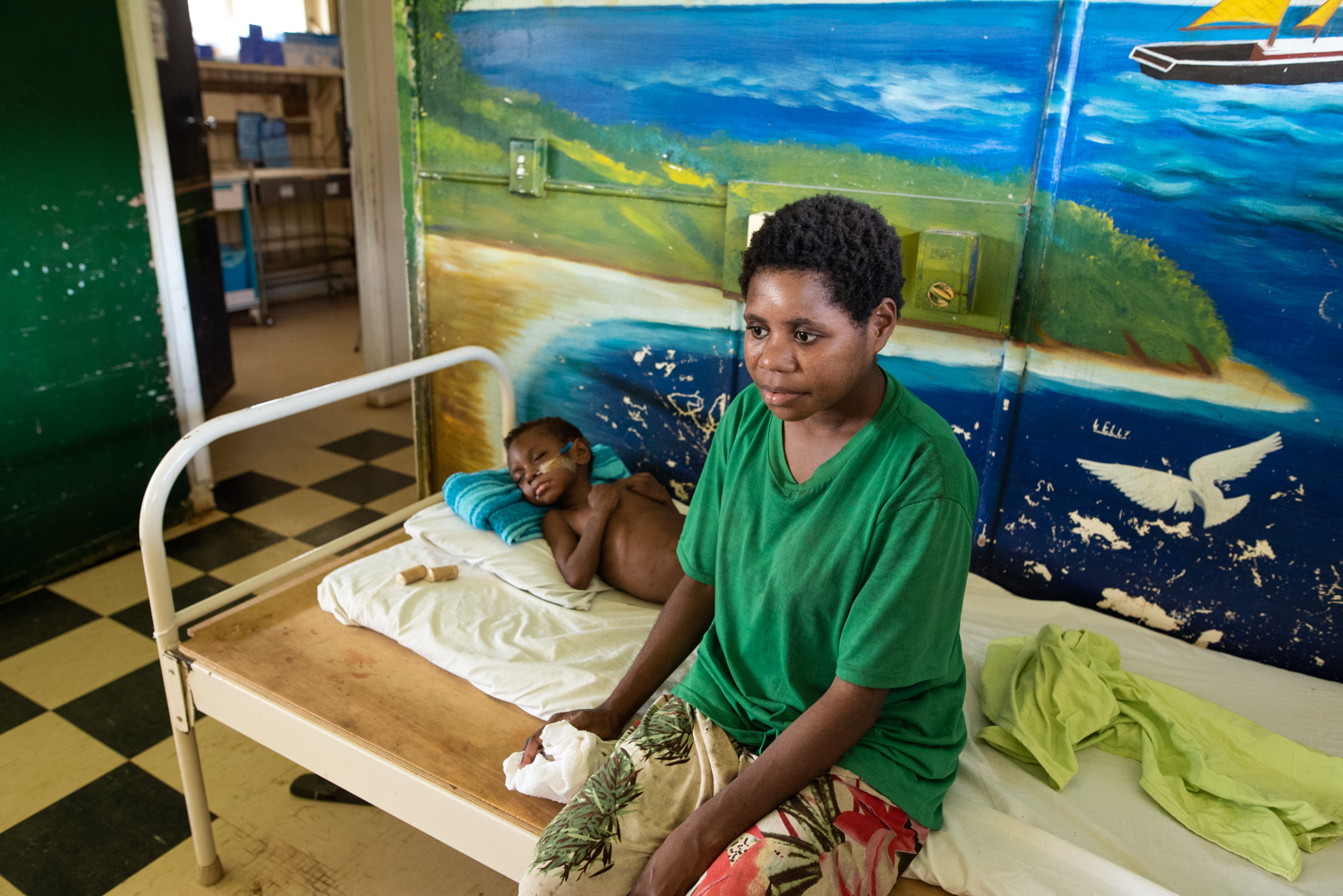
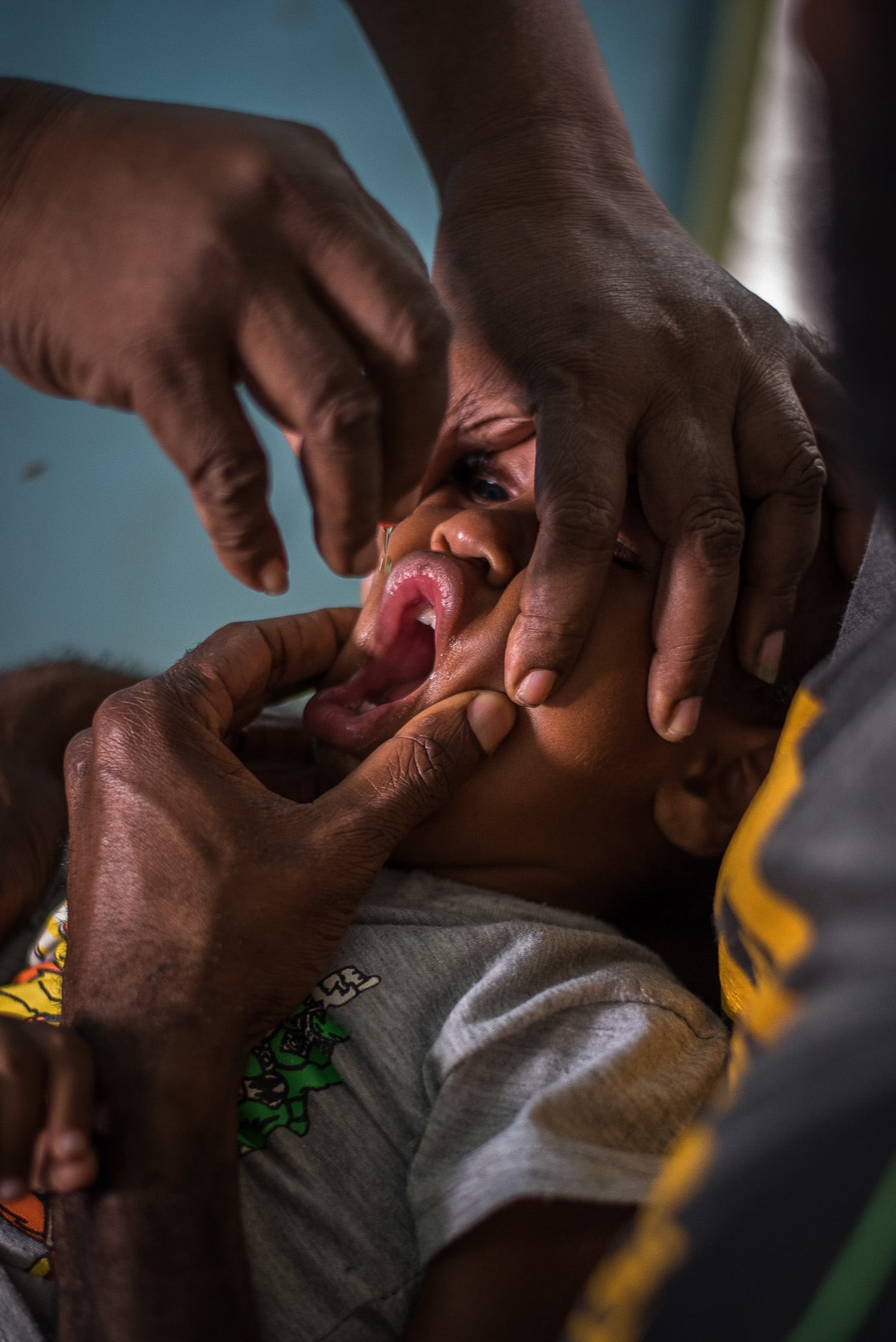
A boy is being vaccinated by mouth at the Jomba Urban Clinic in Madang for immunization. UNICEF procures all vaccines for routine and supplementary immunization activities in the country.
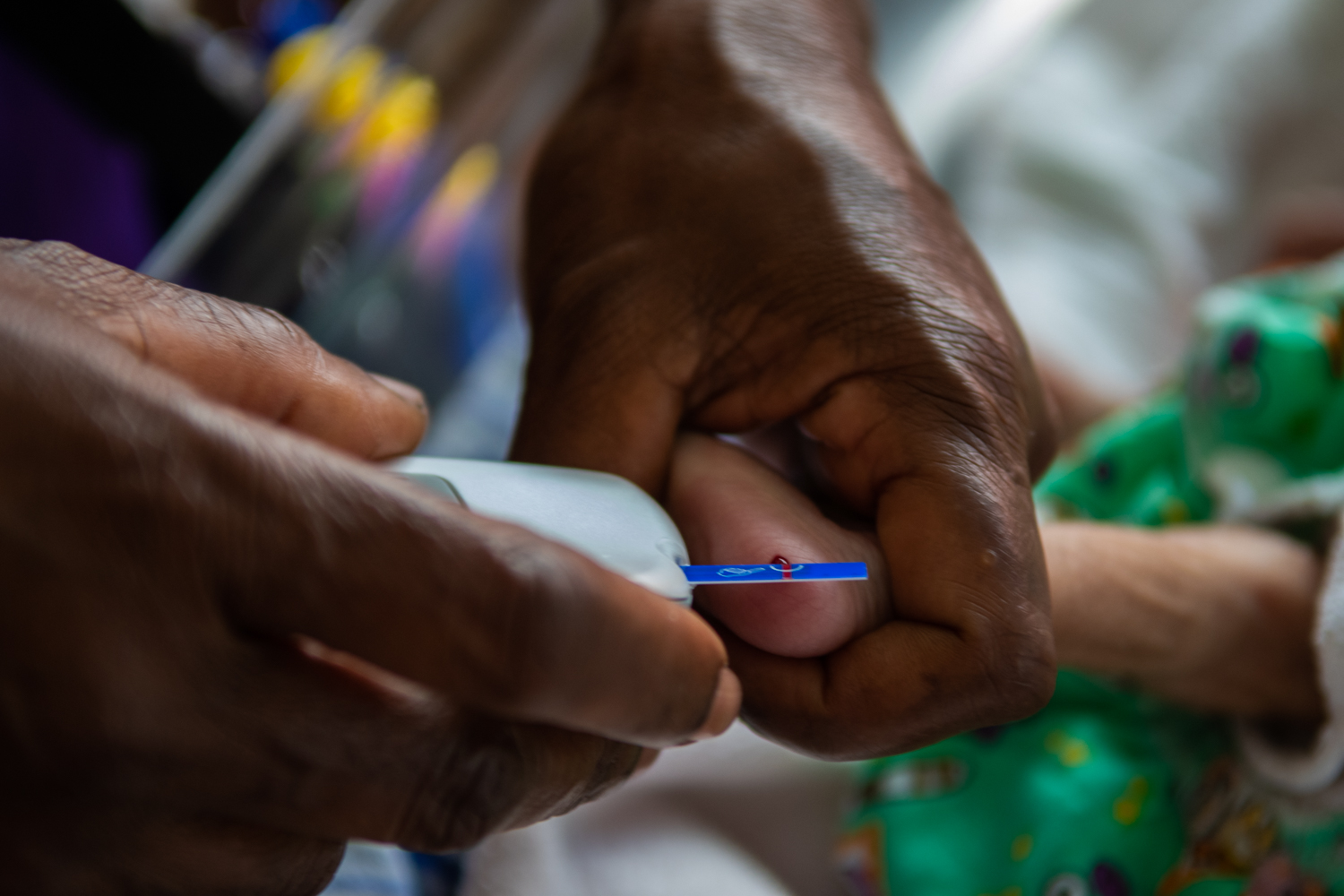
Underweight babies at the Special Care Nursery, Goroka Hospital. A doctor is extracting blood from a baby for a blood test.
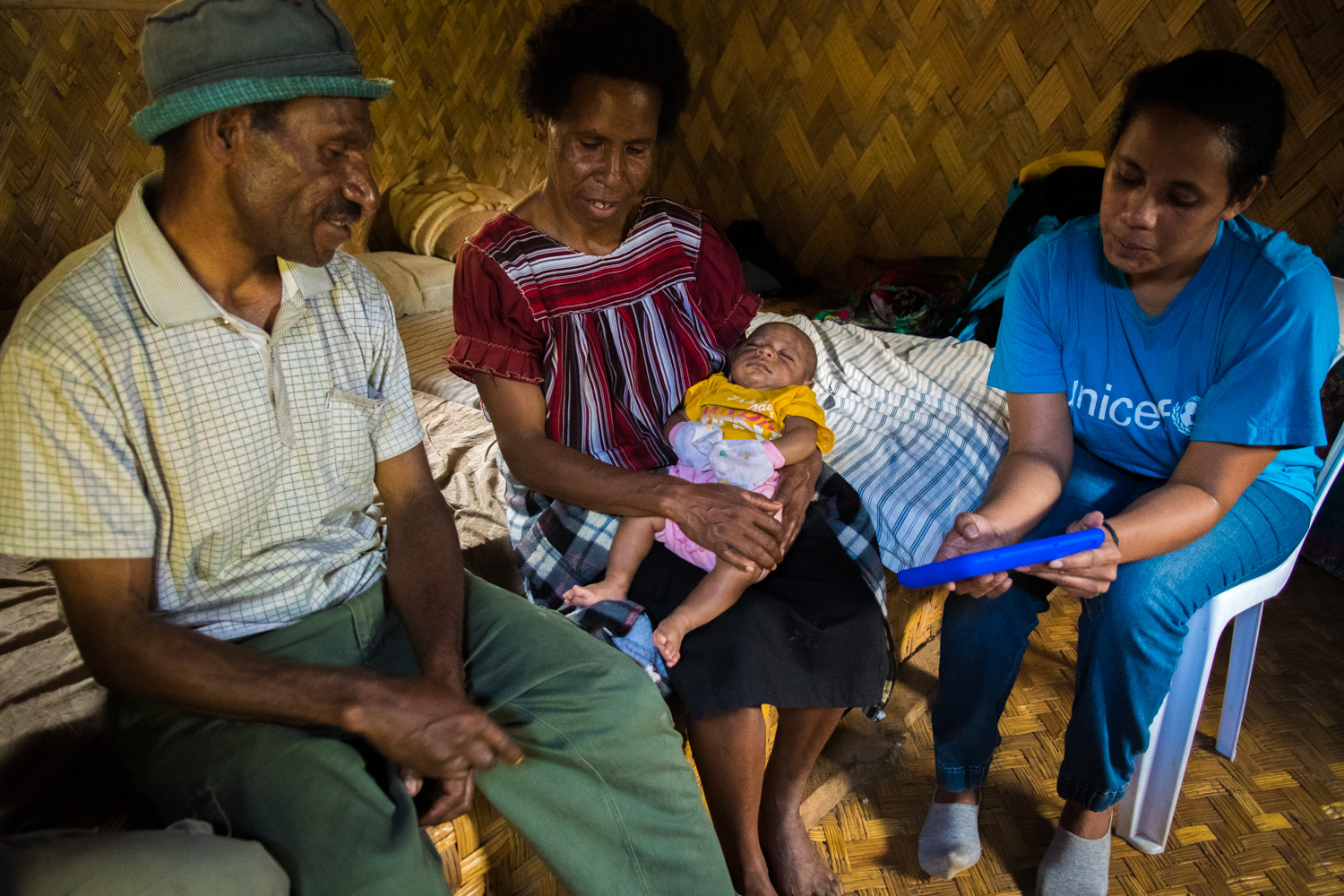
Saviza Community. To reduce deaths and illnesses in children under five and ensure they are healthy, UNICEF work with the Government and partners to improve newborn care interventions.
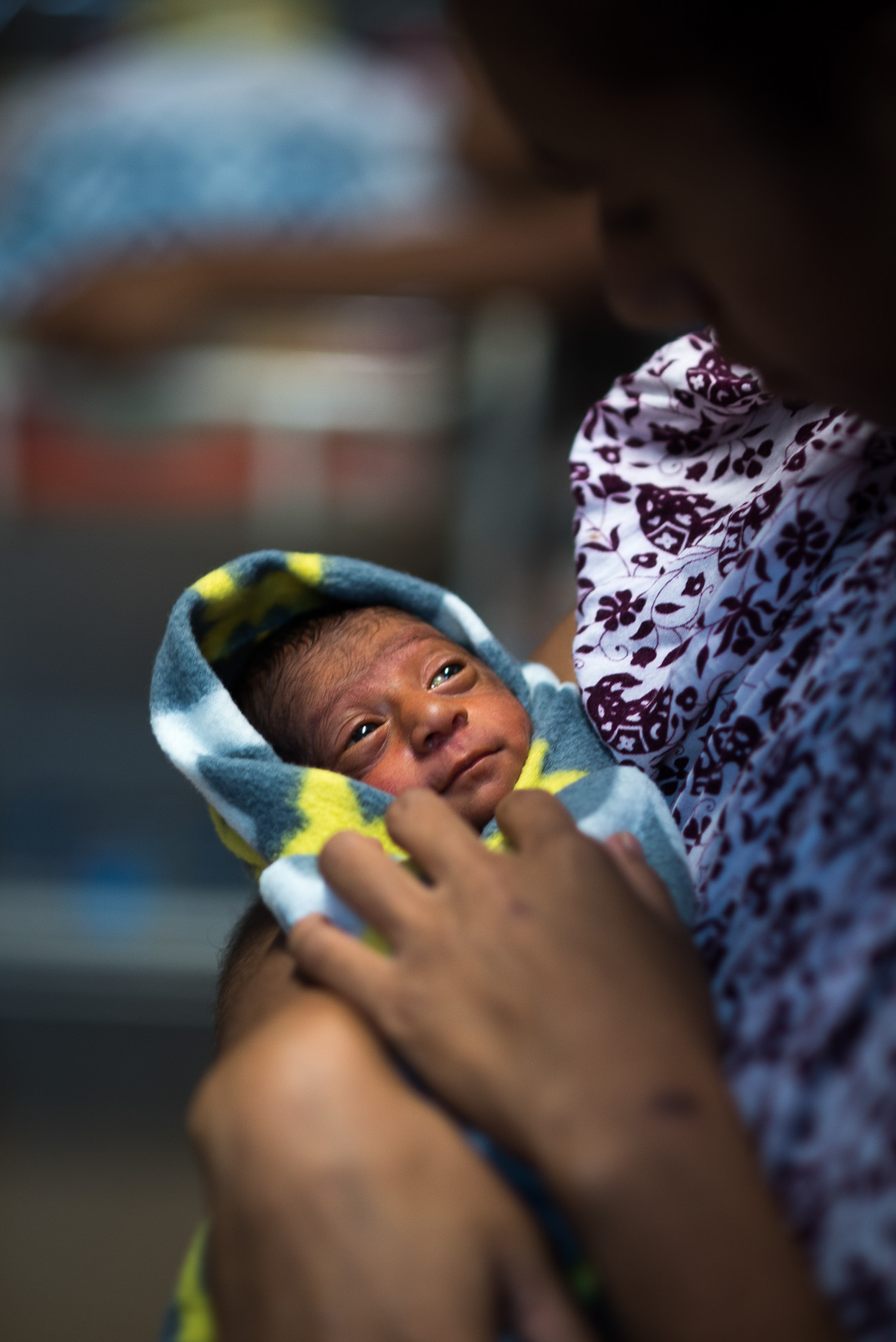
UNICEF supports the Government by to improve immunization coverage, nutrition and to promote maternal, new-born and child care.
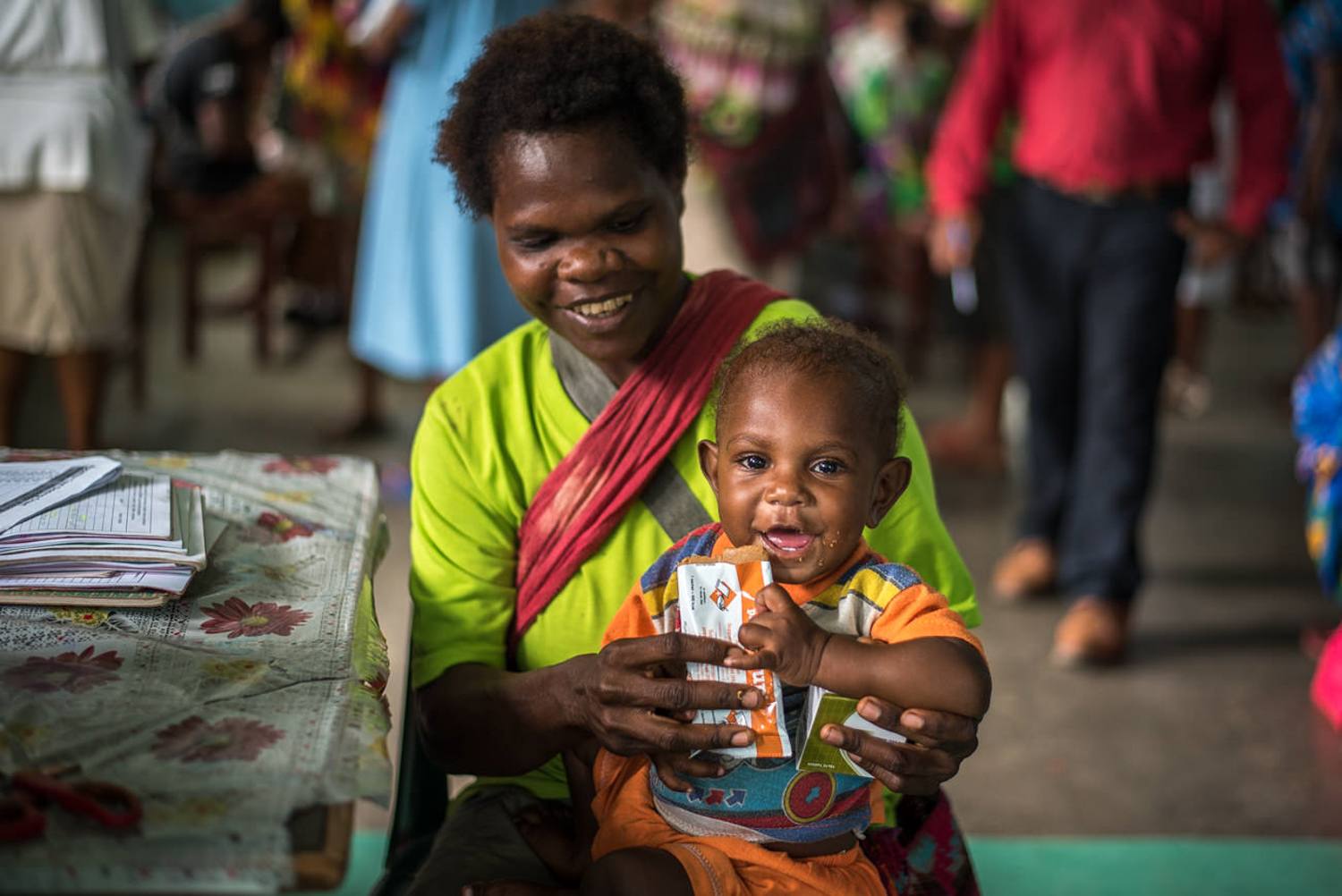
A mother is feeding her son with nutritional supplements at the Jomba Urban Clinic. Nearly 50% of Papua New Guinea’s Children are Malnourished.
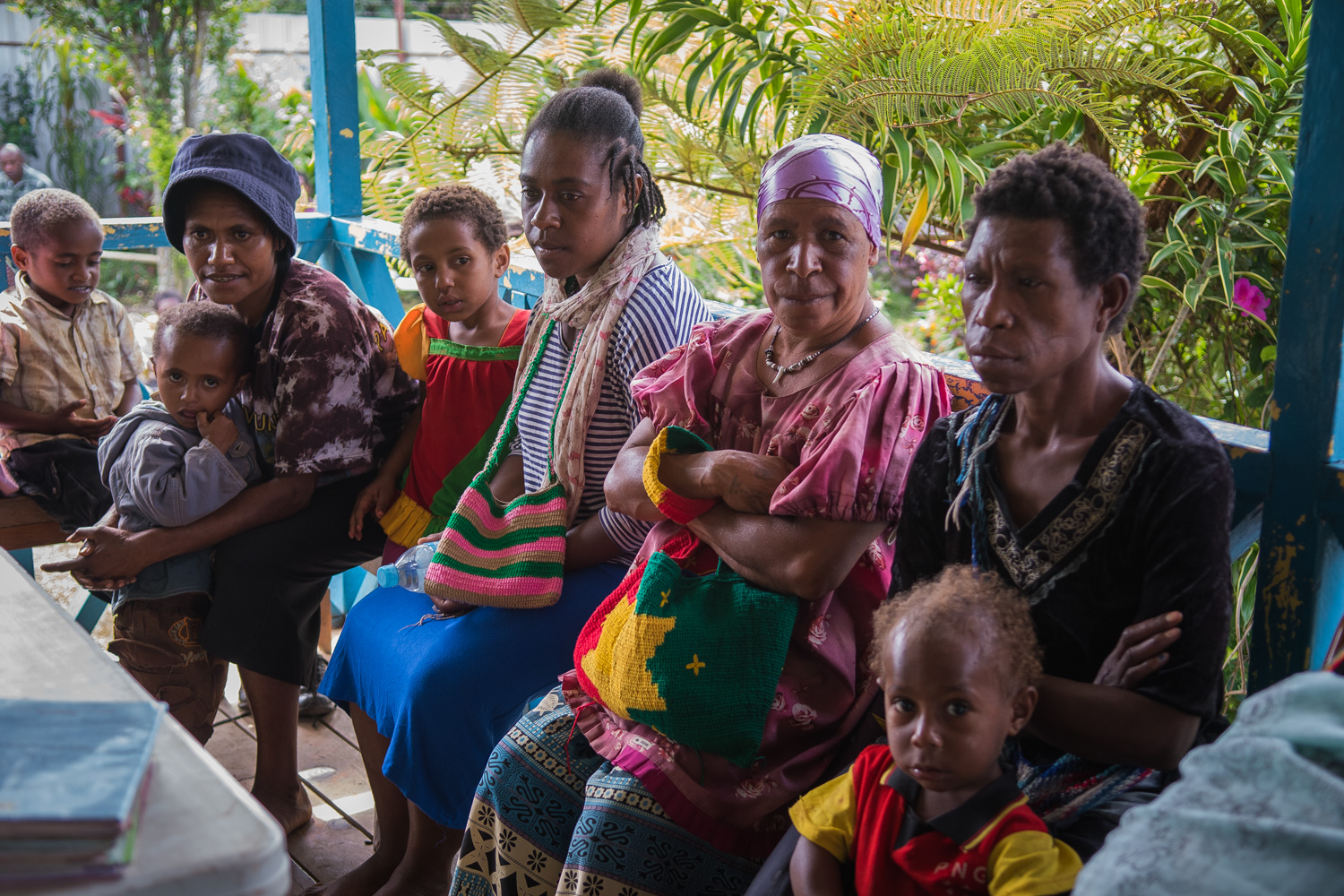
Susu Mama’s clinic in Goroka. Children waiting to receive immunization. About 33% of all hospital deaths of children under 5 years old can be linked, either directly or indirectly, to malnutrition.
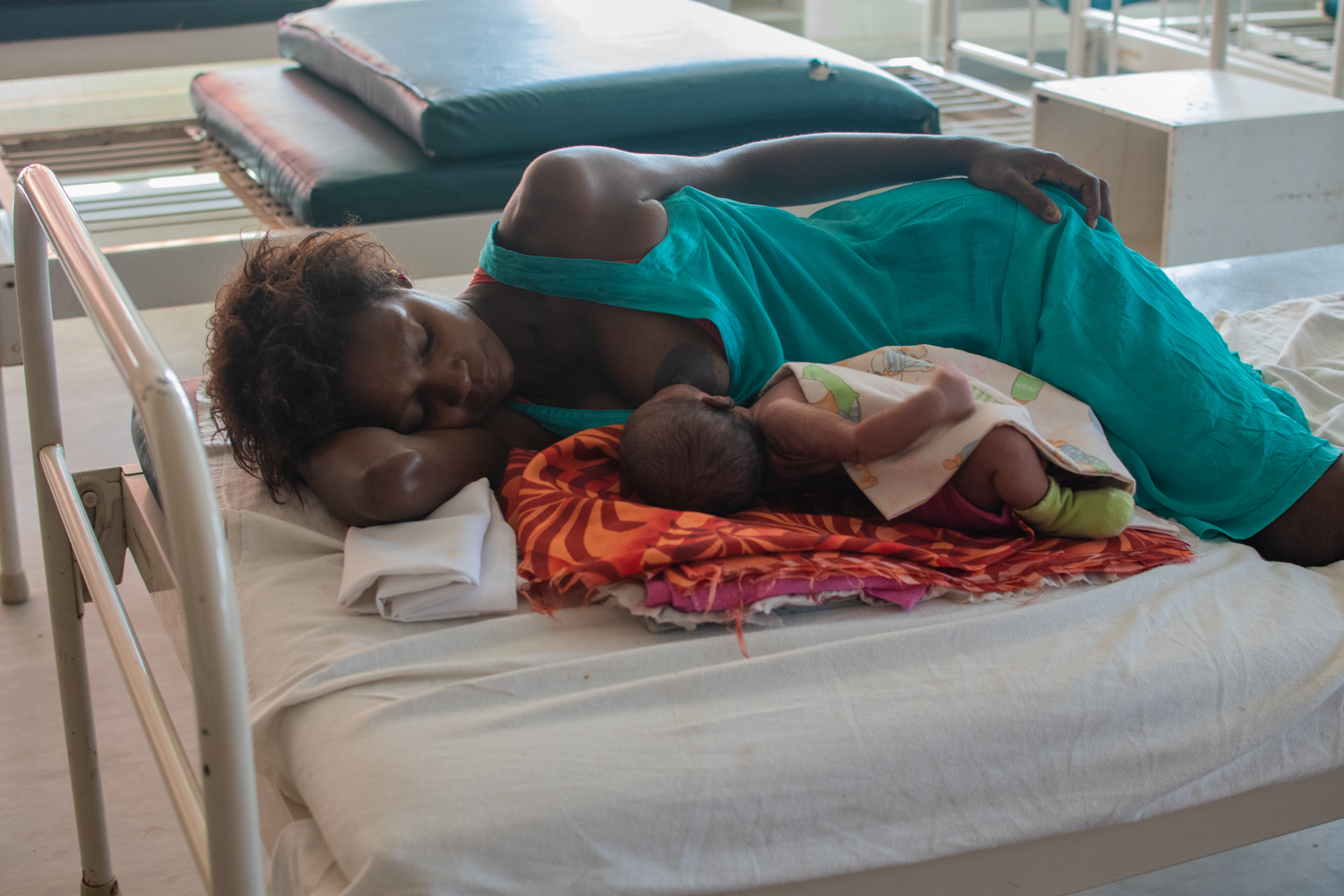
In PNG children have stunted growth from chronic malnutrition. The country has the fourth-highest child stunting rate in the world — a rate that is more than double the global average.
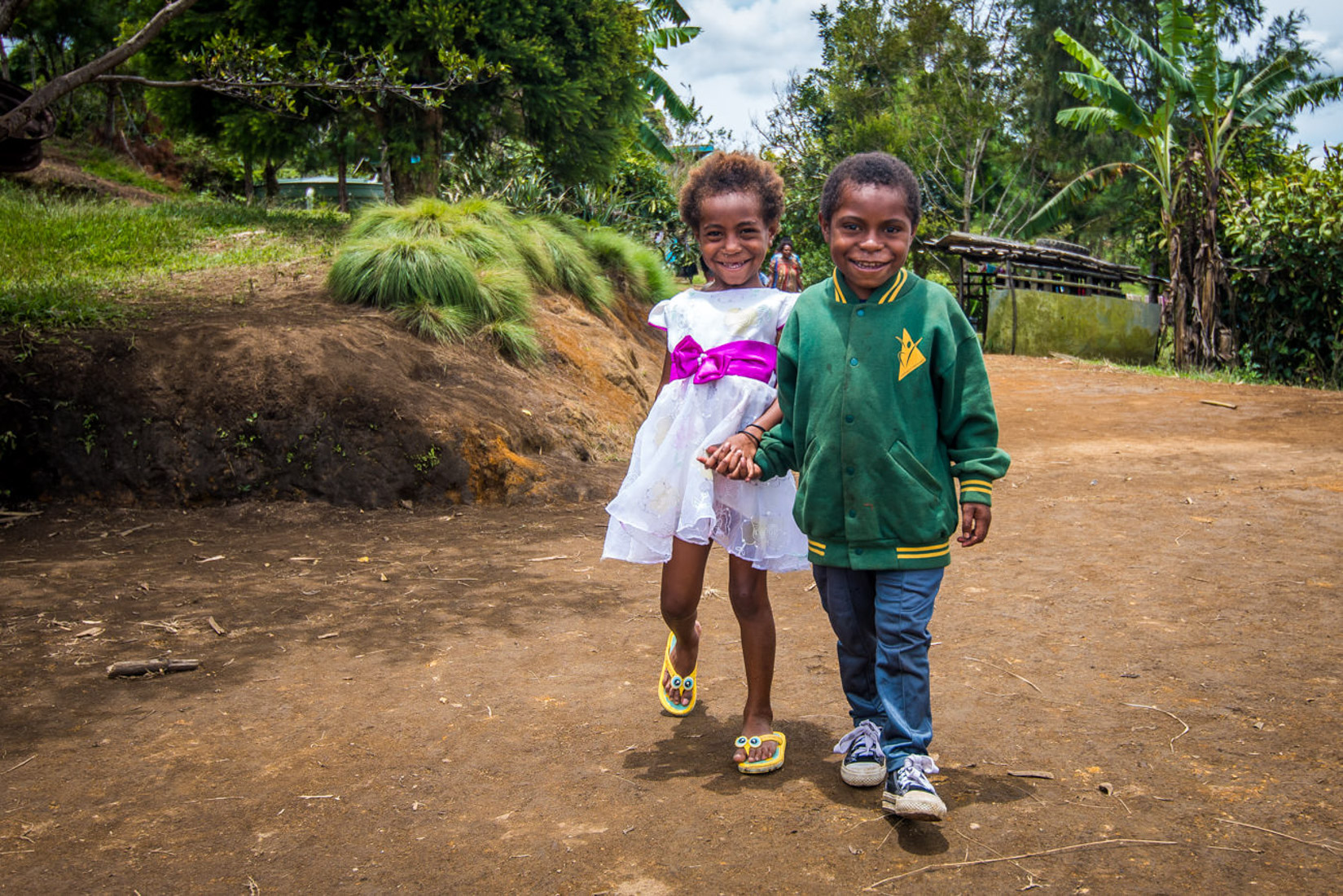
caretaker Kumdi Village
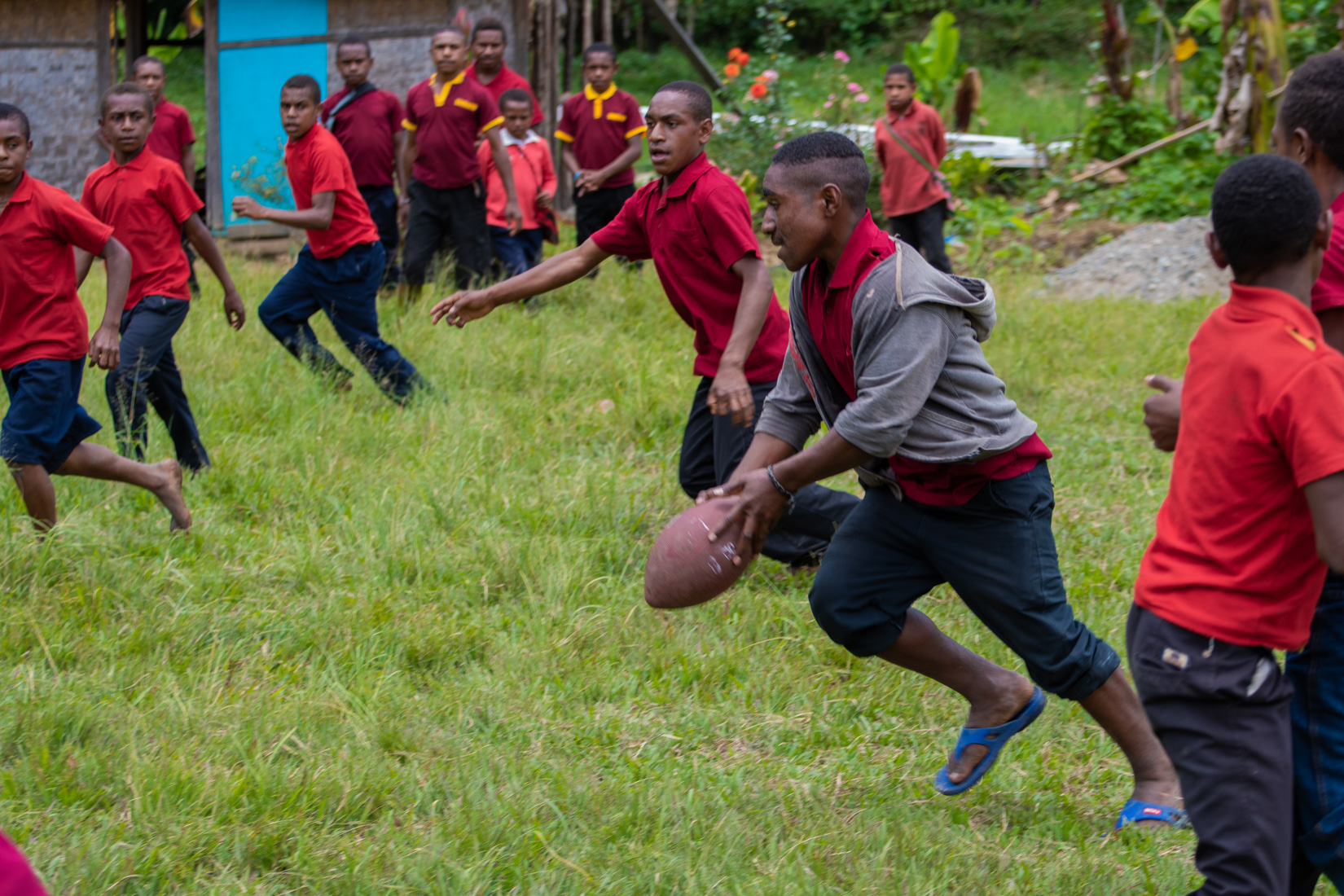
Papua New Guinea Website 2020-31
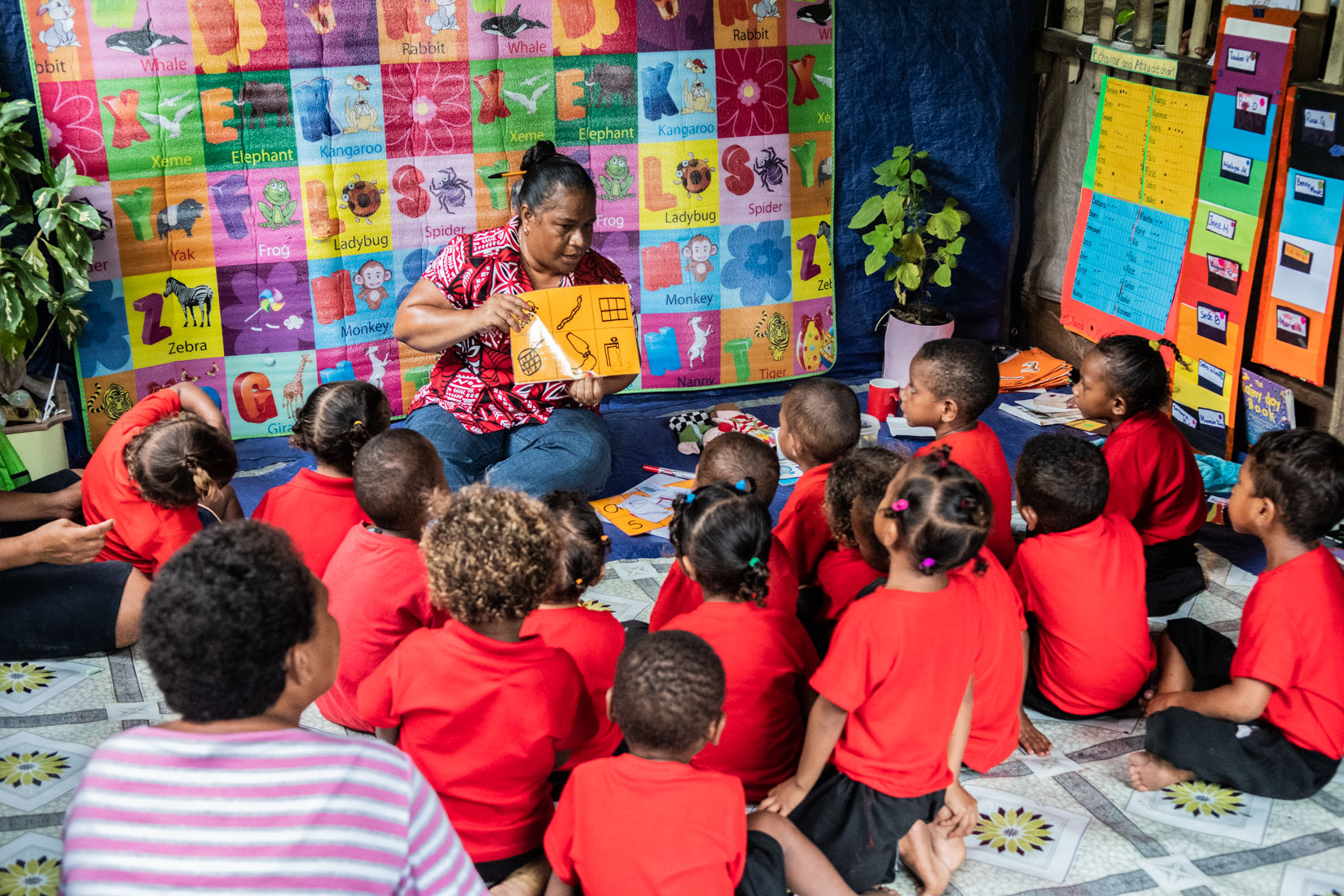
UA visit to Goosey Early Learning Centre, Gomoro village
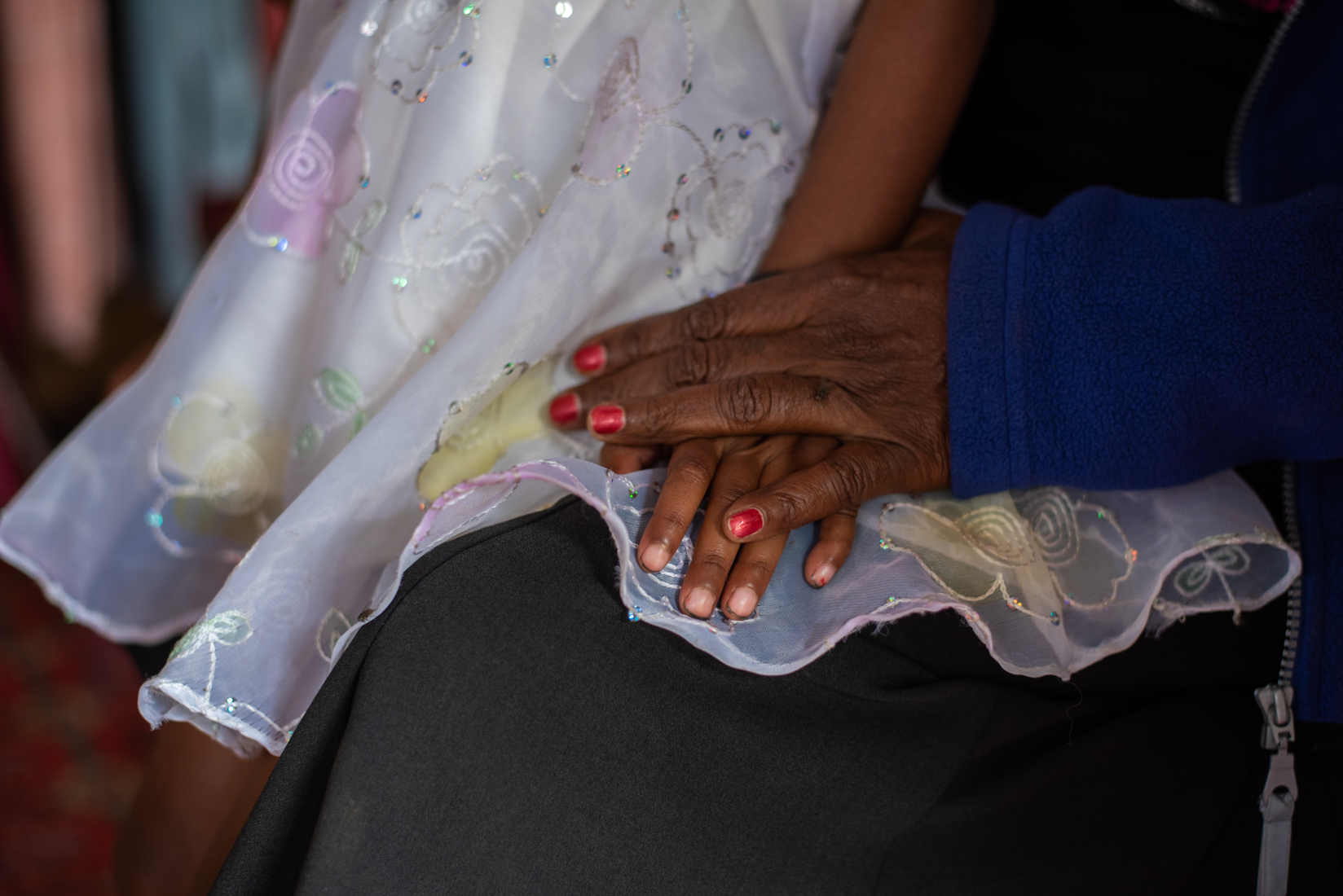
Papua New Guinea Website 2020-33
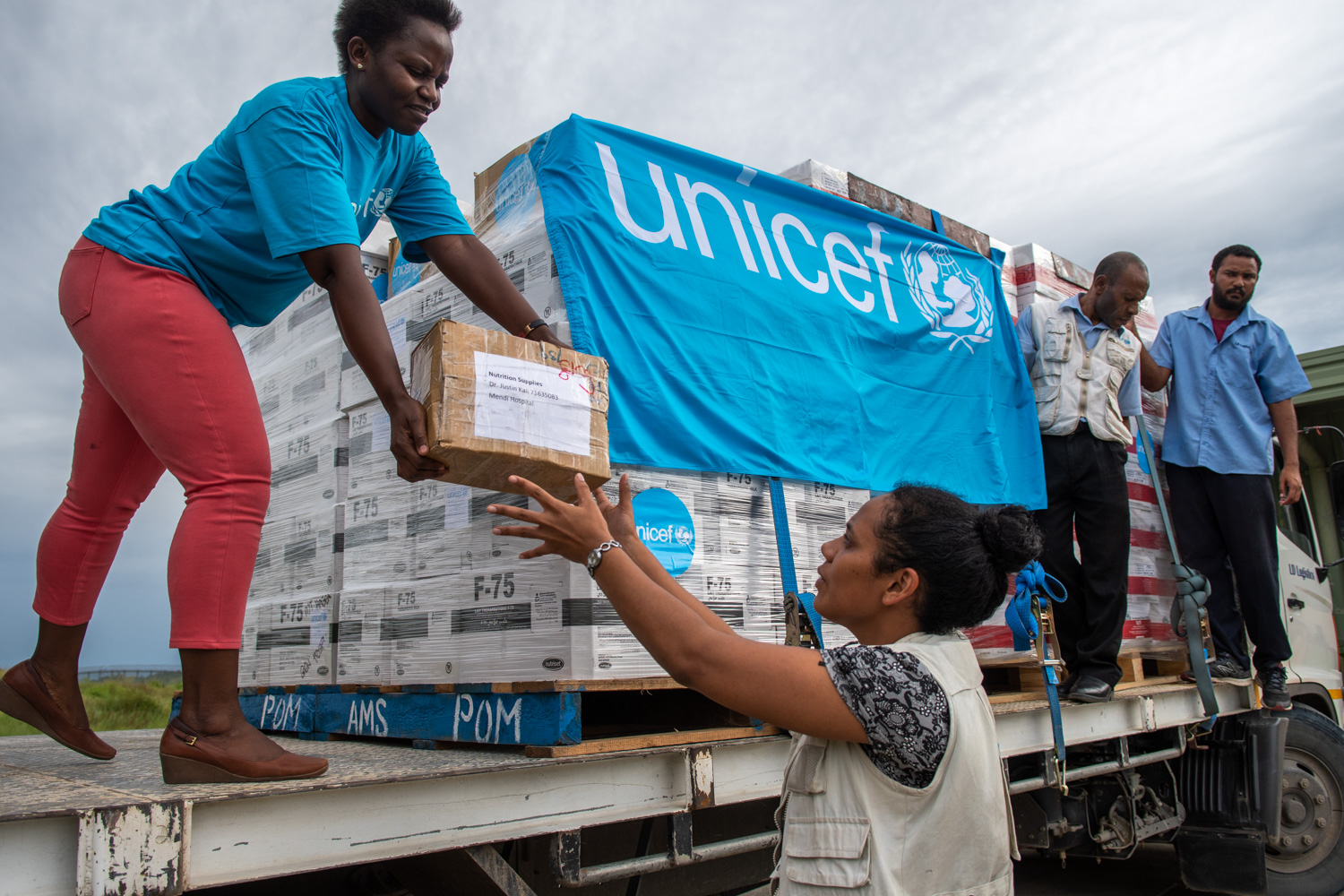
Packing of supplies
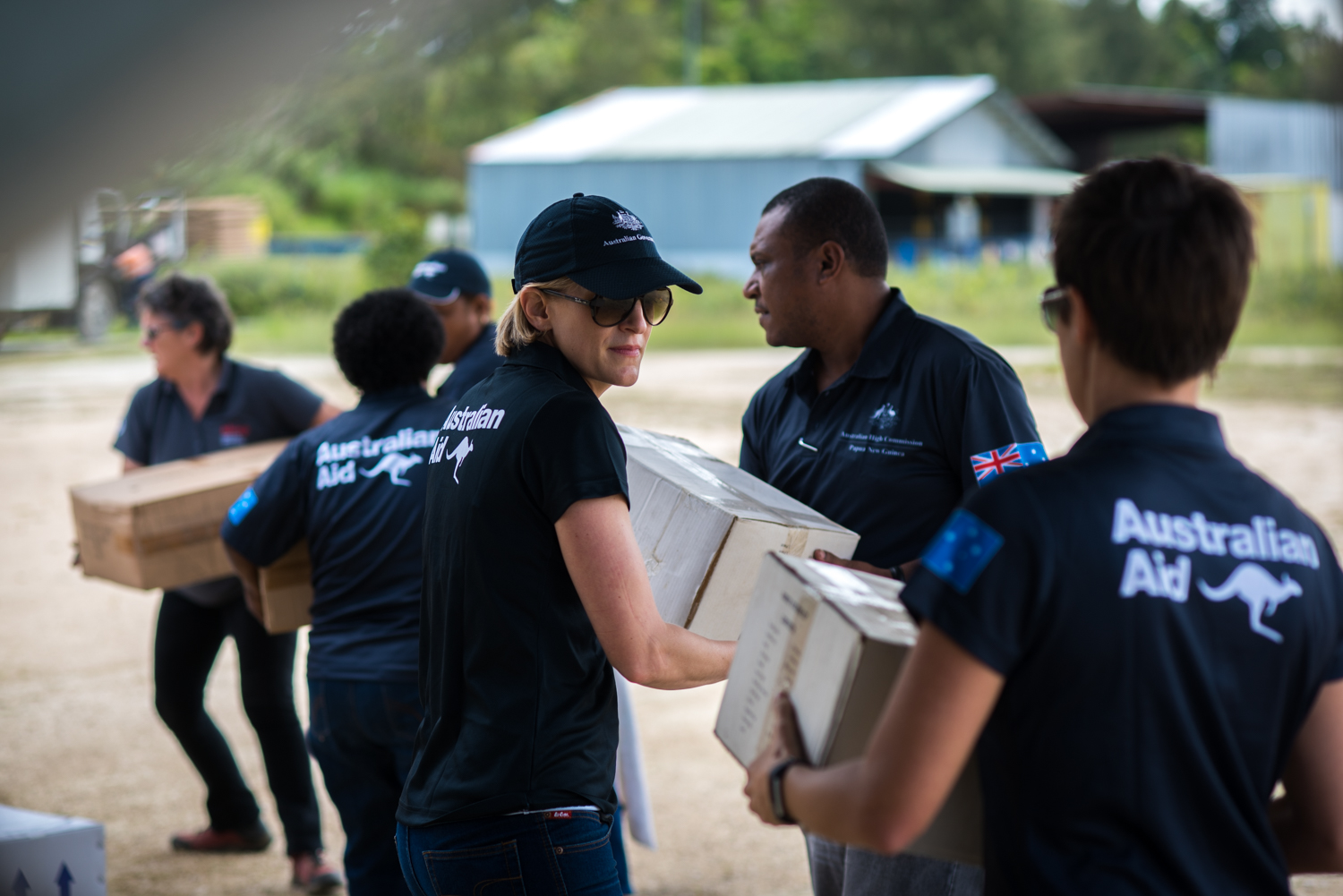
Australia defense Force (ADF) is uploading supplies to be delivered to earthquake hit communities in Hela Province.
© 2025 Gonzalo Bell Photography | gonzalo@gonzalobell.com | Mobile/WA: +420-736-105-882